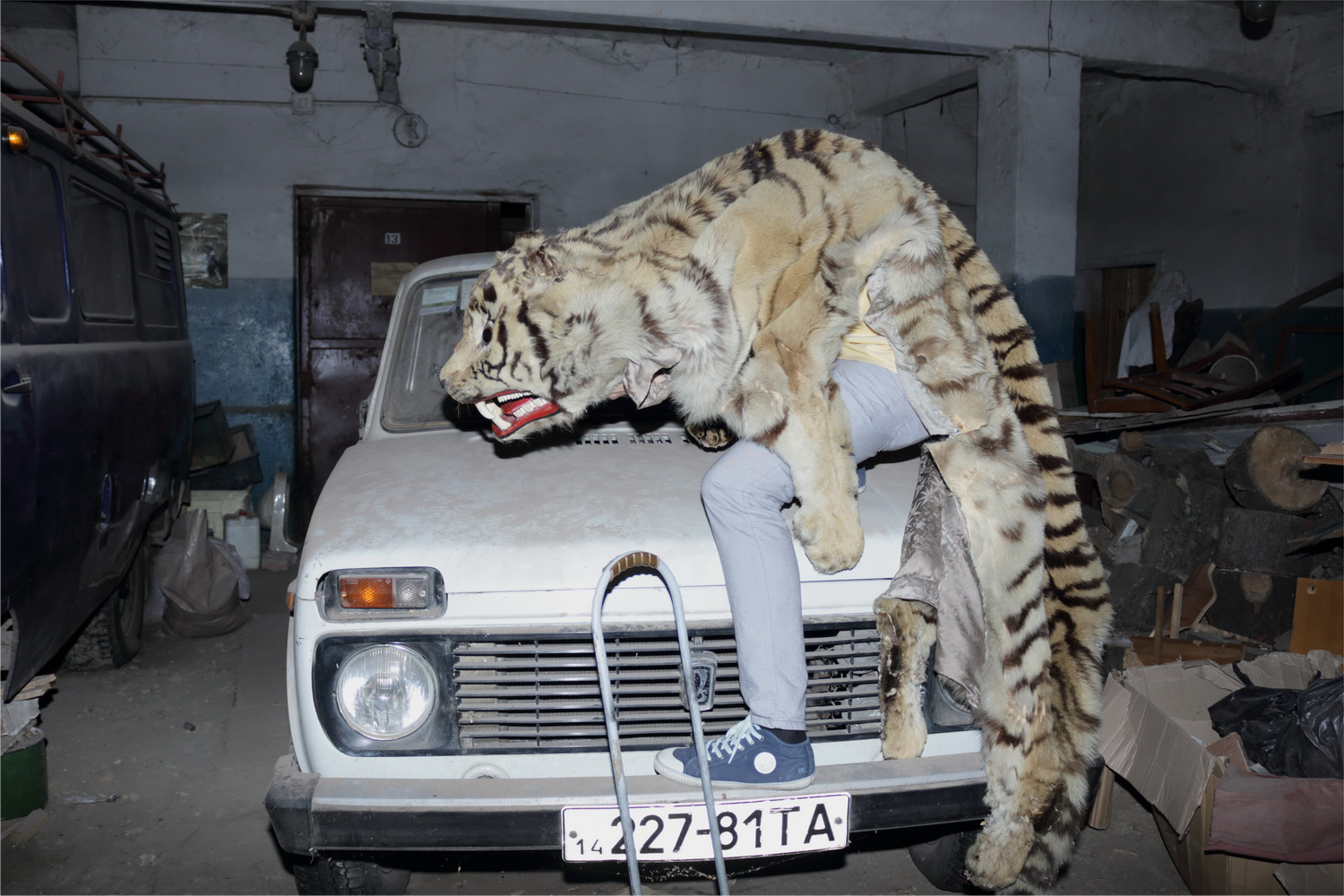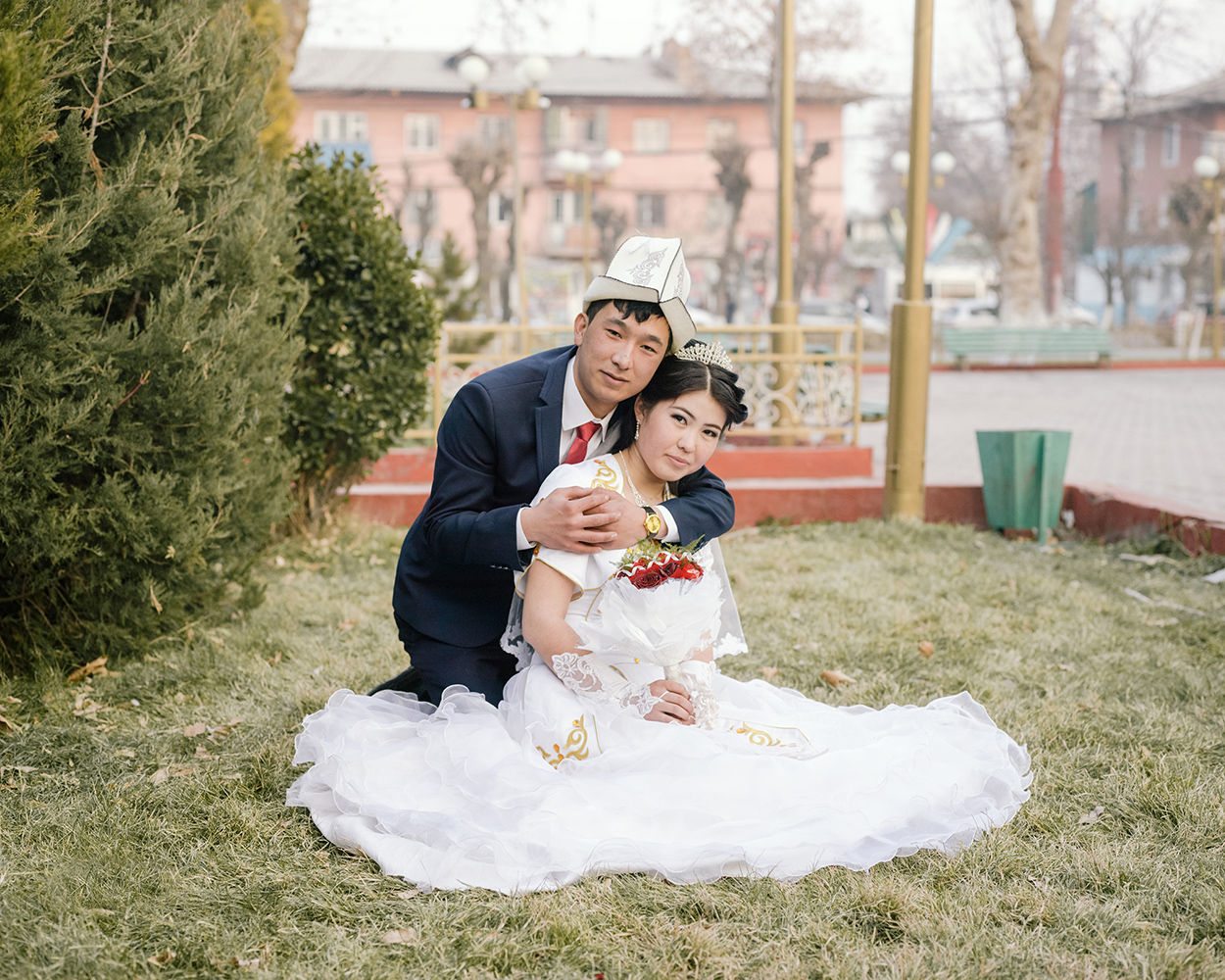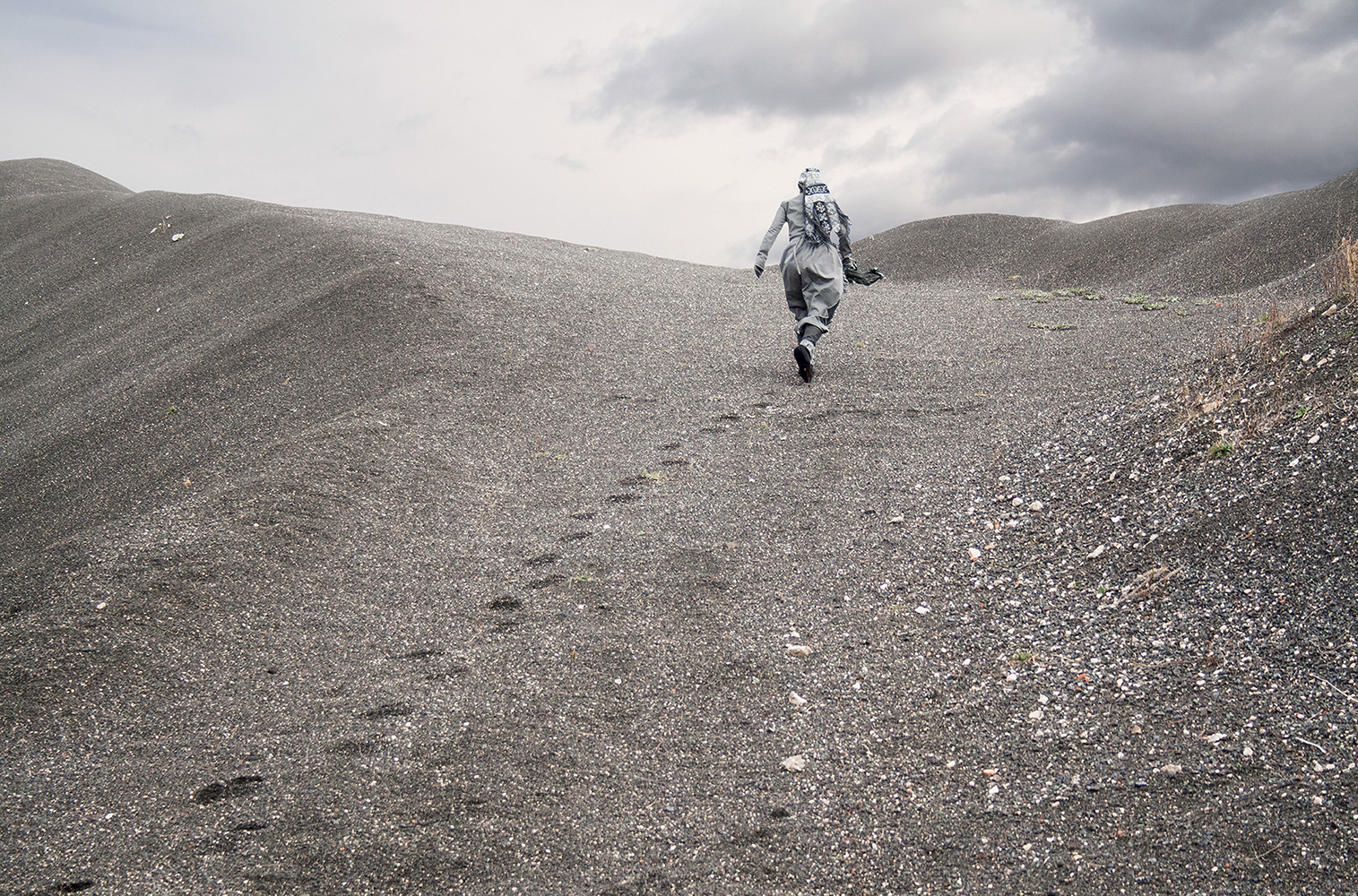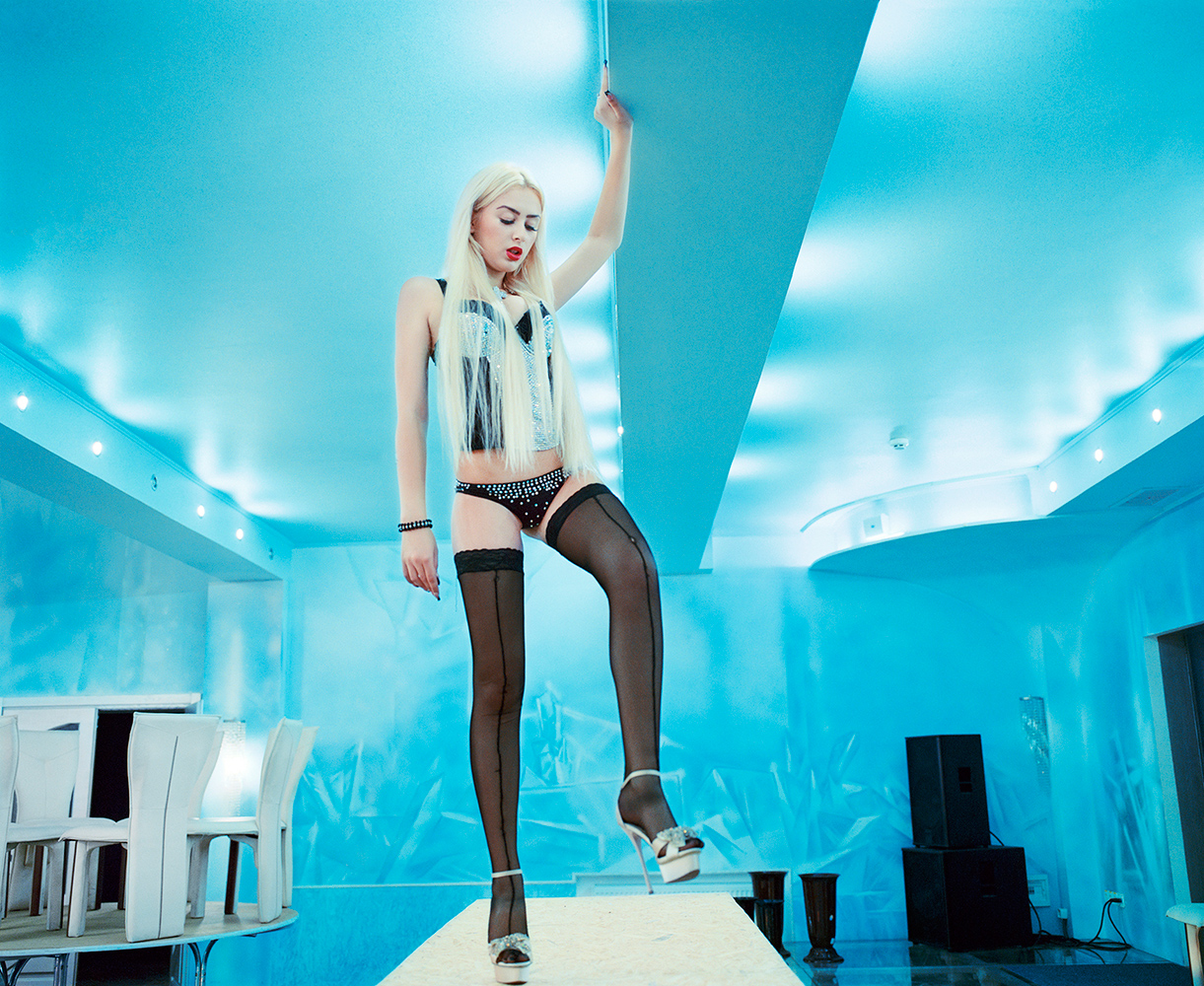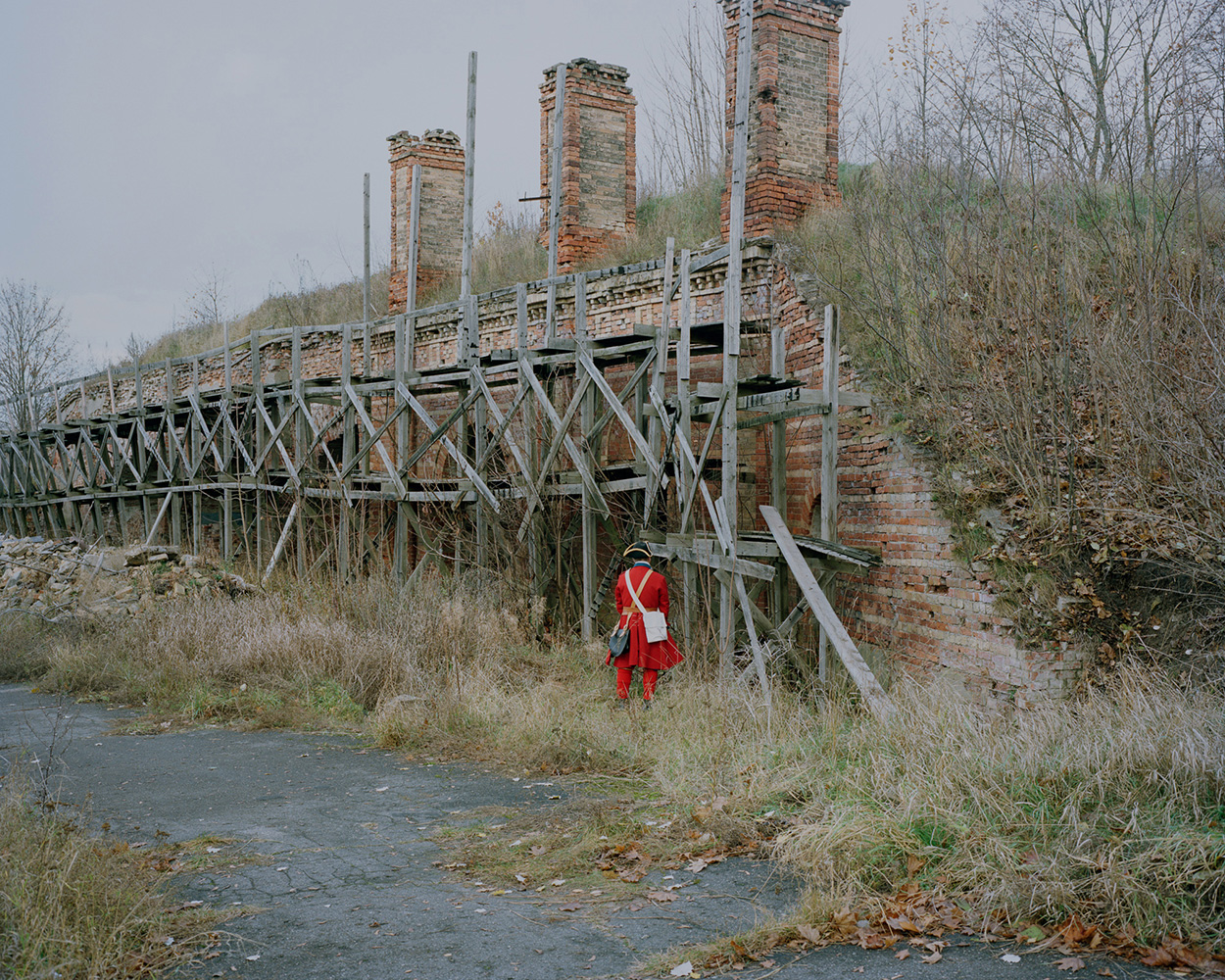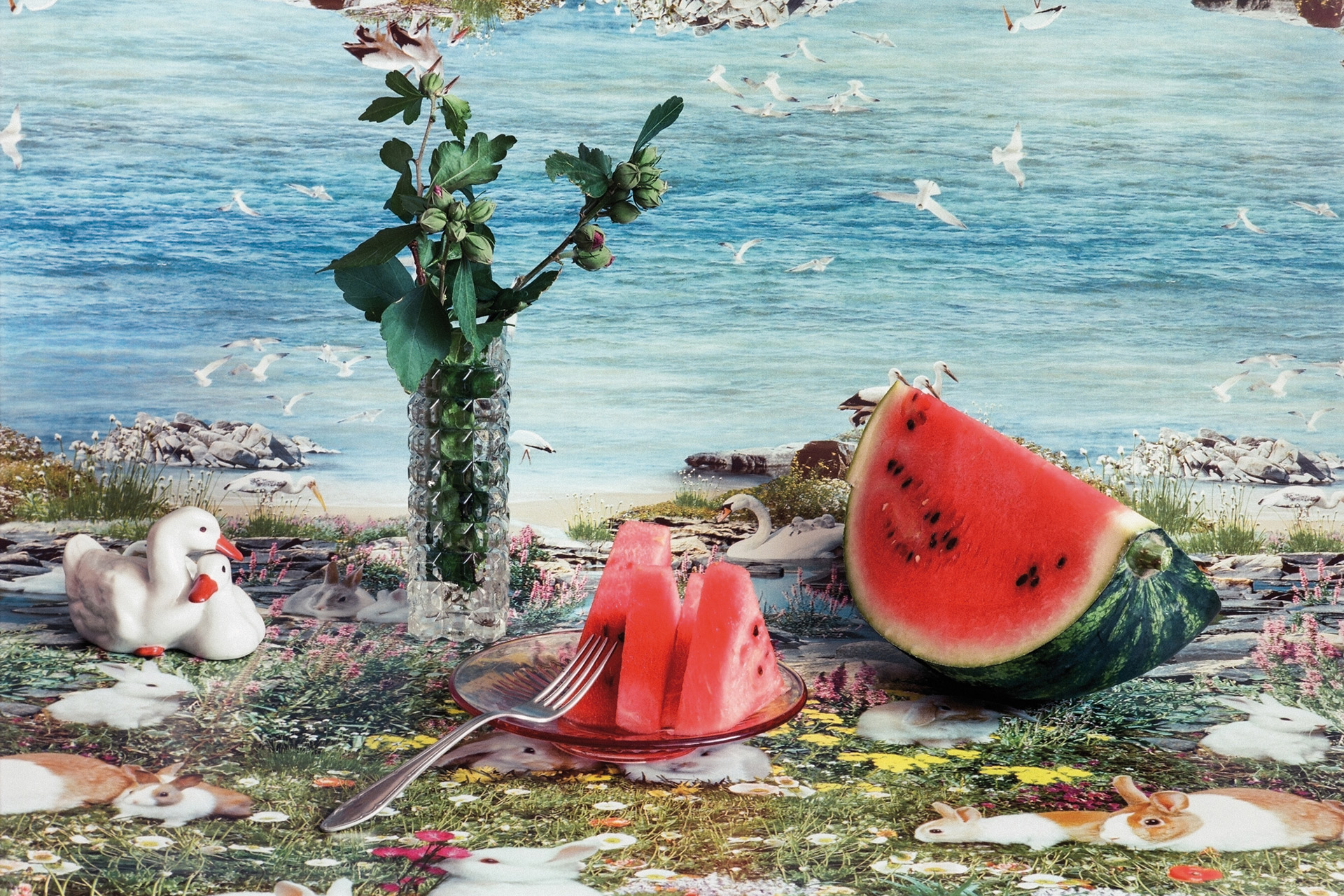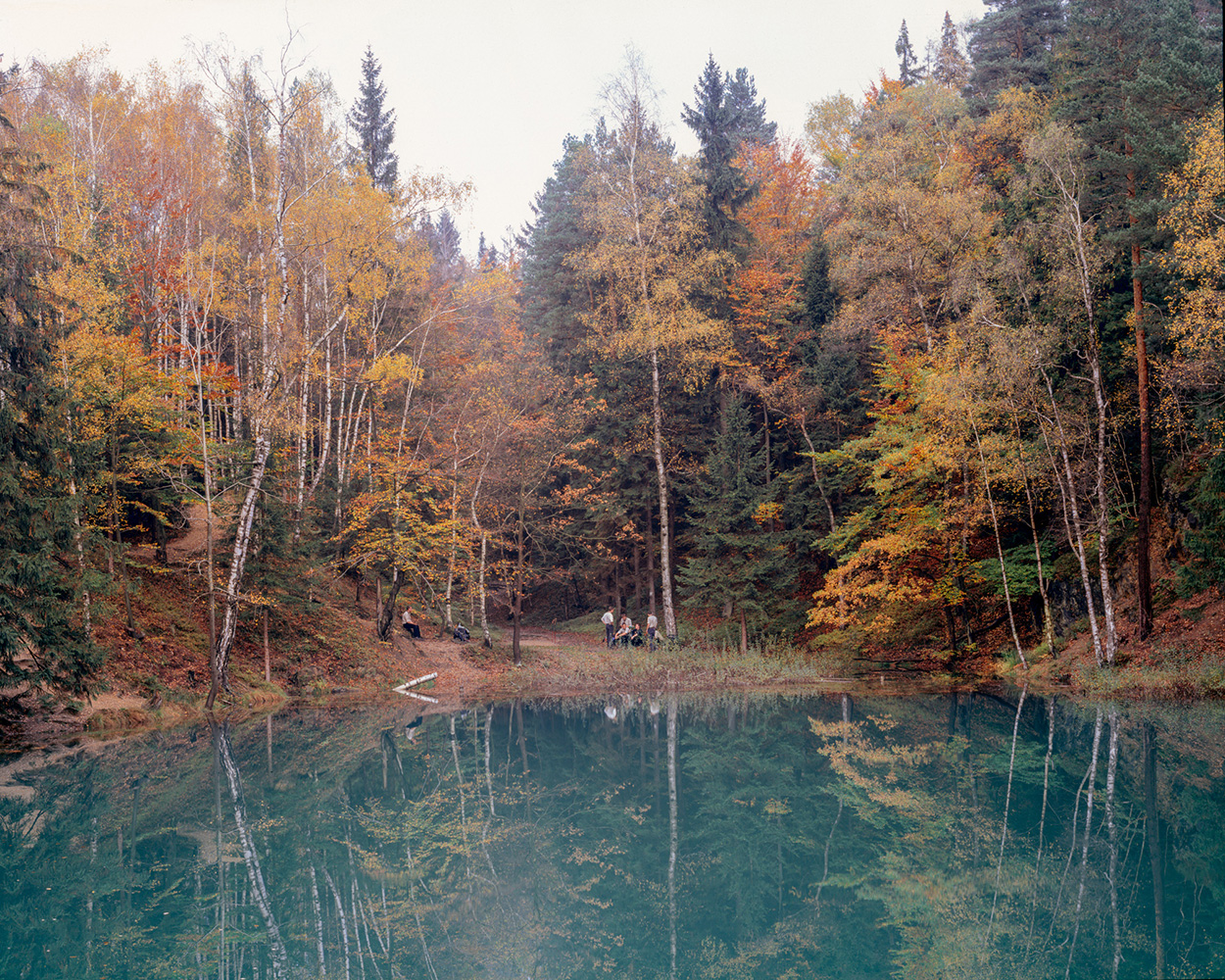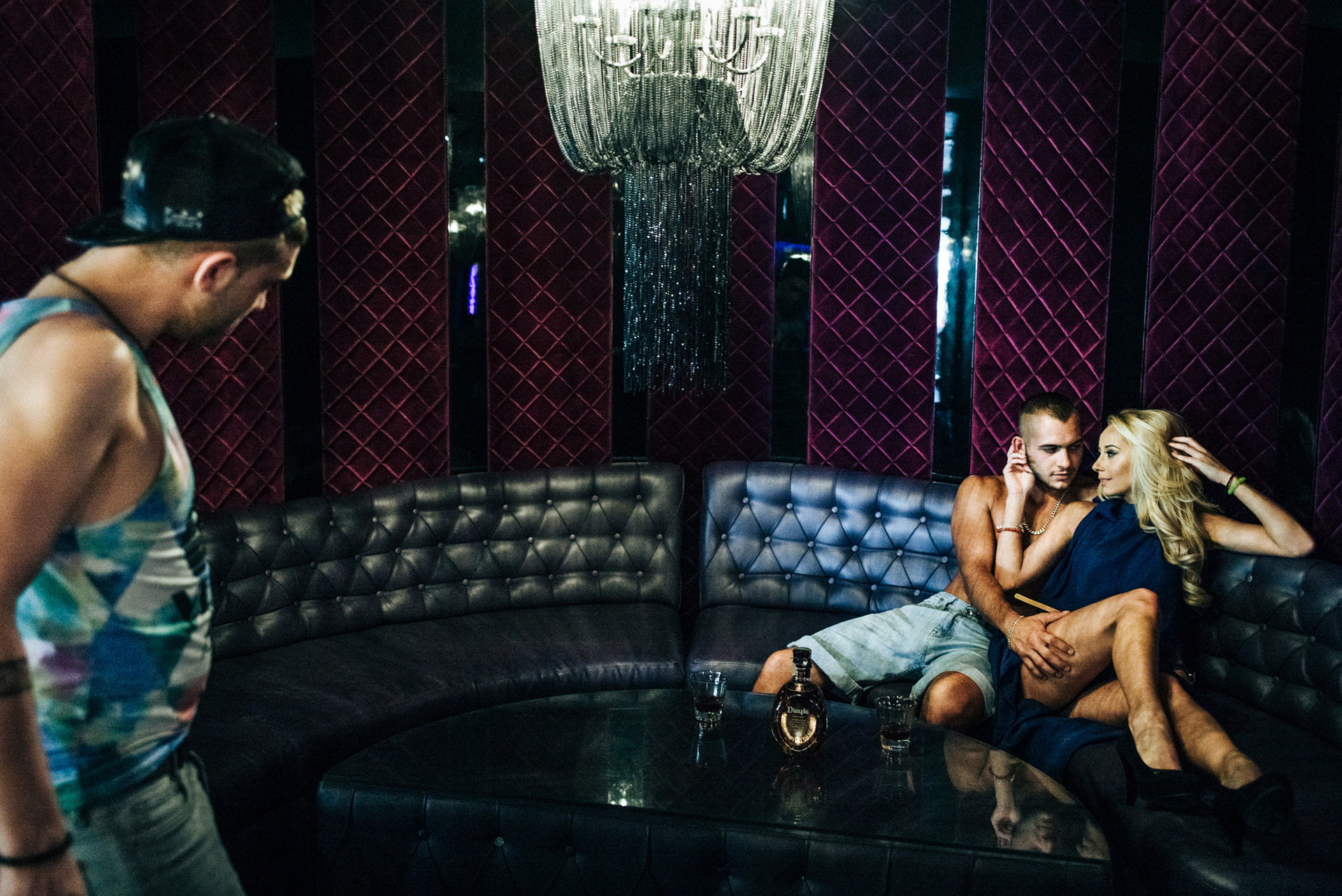
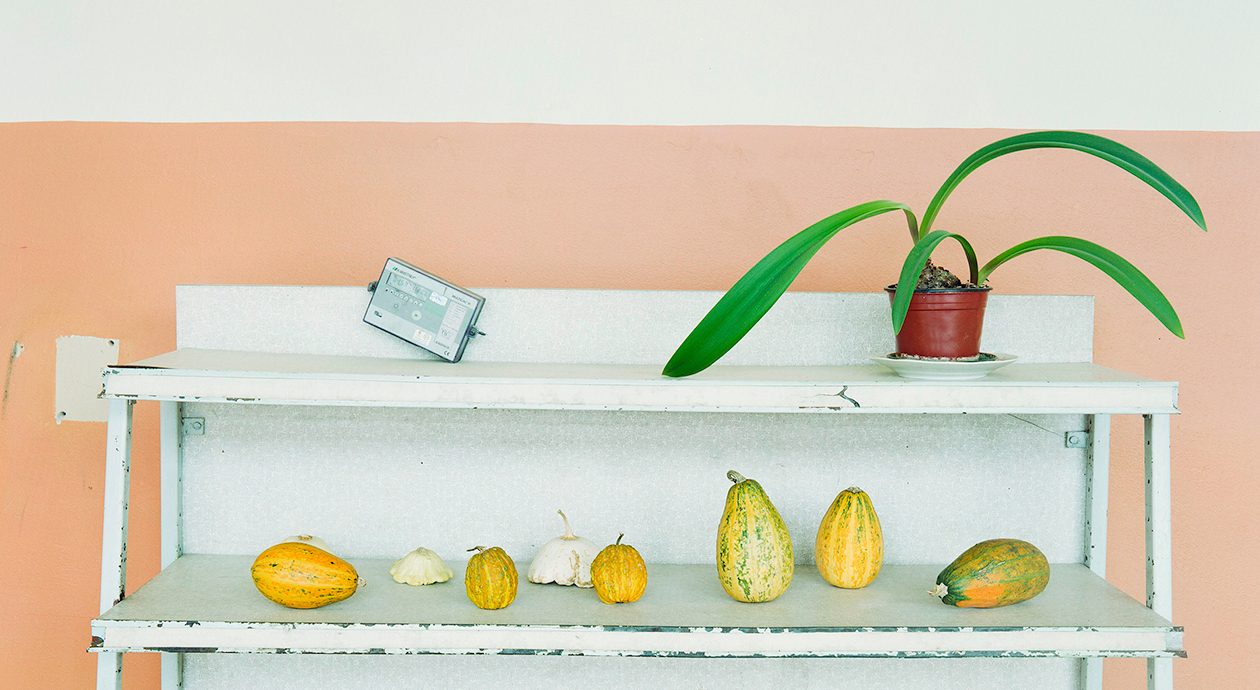
New East Photo Prize: Landmarks by Rafal Milach
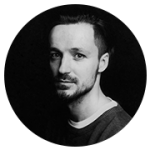
Photographer from Warsaw. Graduated from the Academy of Fine Arts in Katowice (Poland) and the Institute of Creative Photography in Opava (Czech Republic). Exhibited his work in Europe and Asia. Received grants from the Magnum Foundation and Ministry of Culture of Poland. Winner of World Press Photo and Pictures of the Year International. His work is in the museums of Poland, Japan, and Germany. Creator and member of Sputnik Photos Collective.
— I always thought that I started photographing late but now I think that was a perfect time. I was a student of graphic design at the Academy of Fine Arts. This is where I met a great teacher and photographer, Piotr Szymon, who assured me I had some photographic talent.
When I graduated from the Academy, I started working on personal projects. It was around this time I started to travel east. A majority of my family comes from what today is Belarus and Ukraine. I have some Russian roots as well, with some relatives living near Lake Baikal. In the beginning my background was very much a pretext to go there. I knew that I had relatives in Eastern Europe and Russia but till 2004 I wasn’t so interested in it. It came with the interest in photography. For me it was a good opportunity to go and experience something that was beyond the eastern border of Poland. On my first trip to Russia my ultimate goal was to meet my relatives but while there I got interested in the entire region.
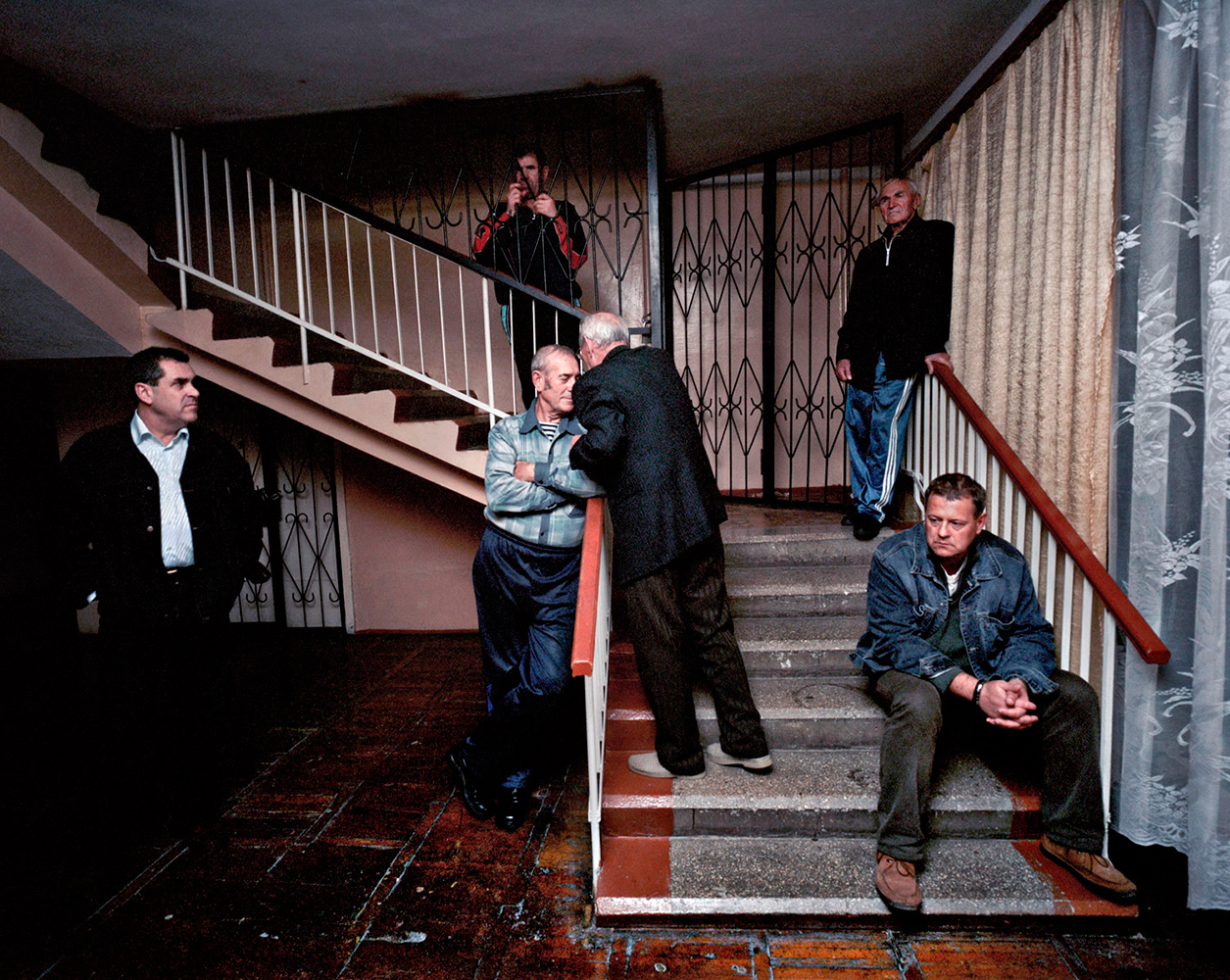
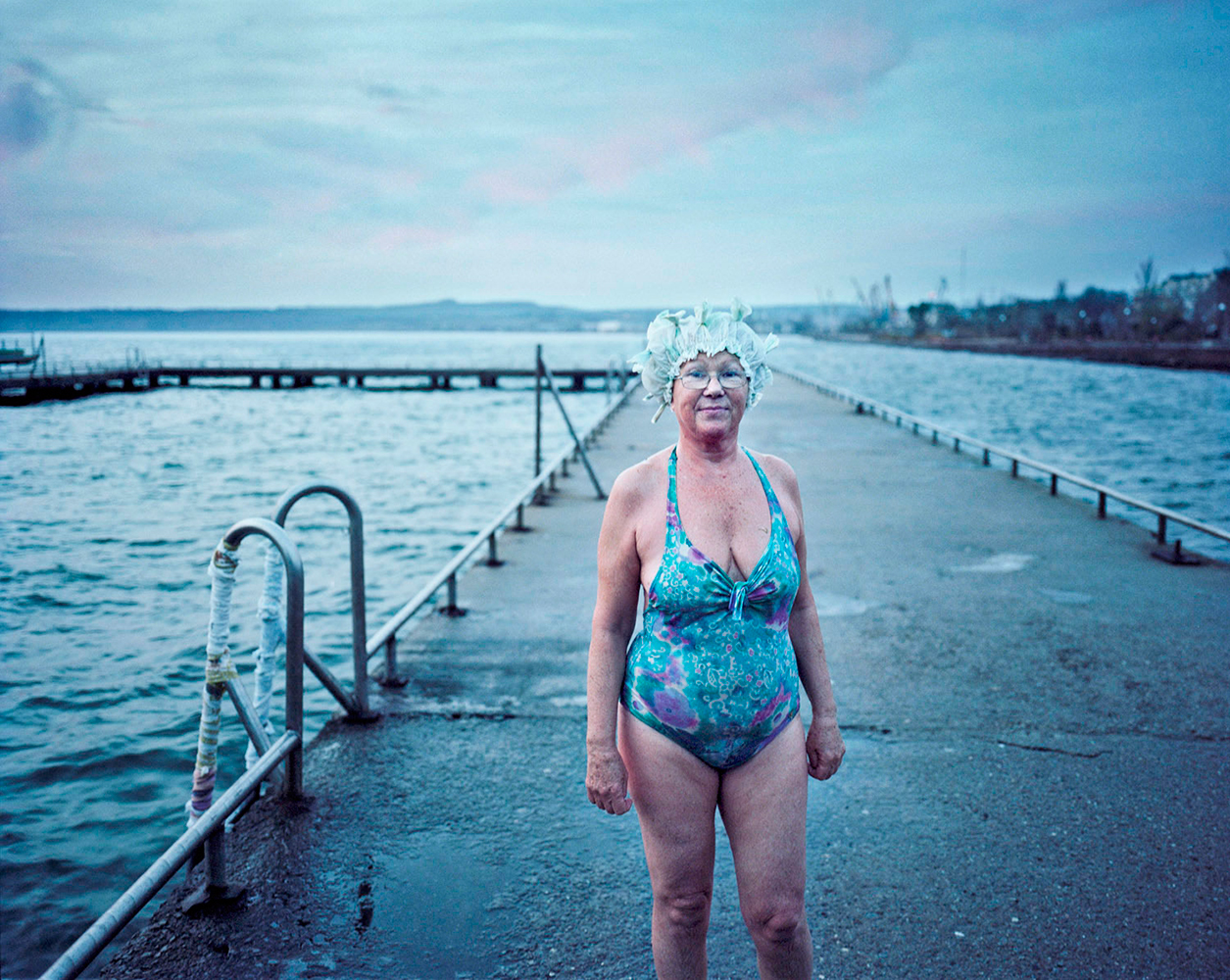
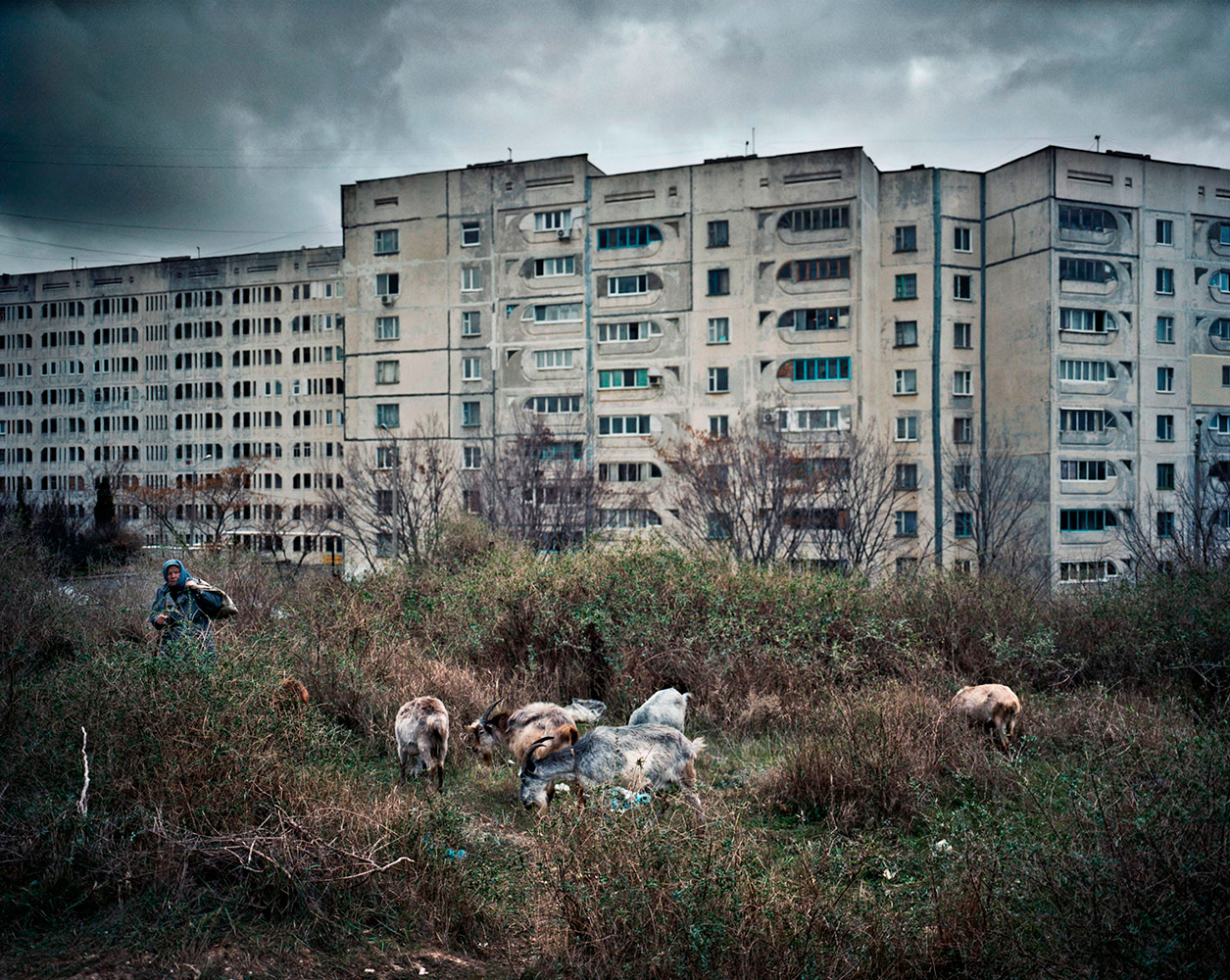
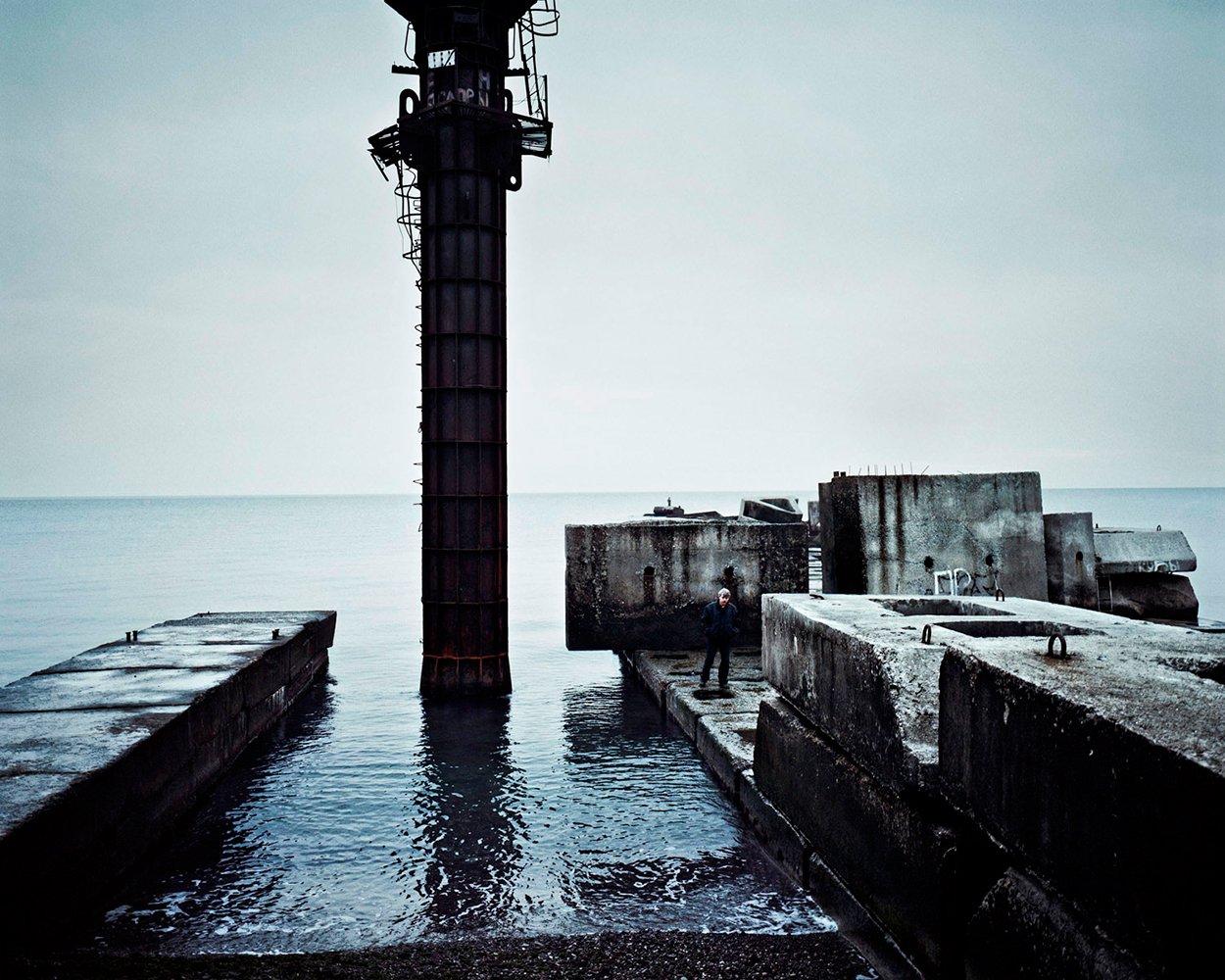
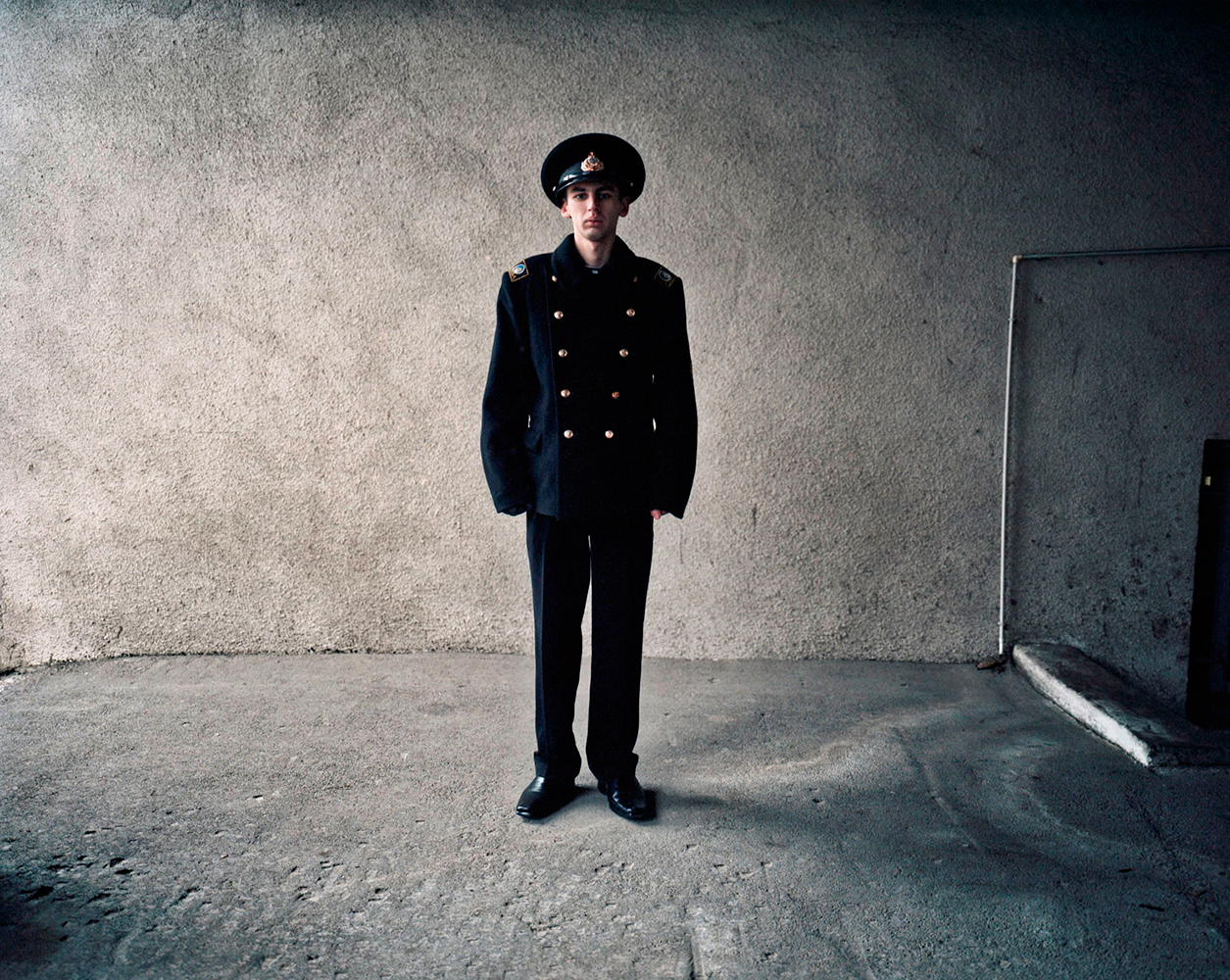
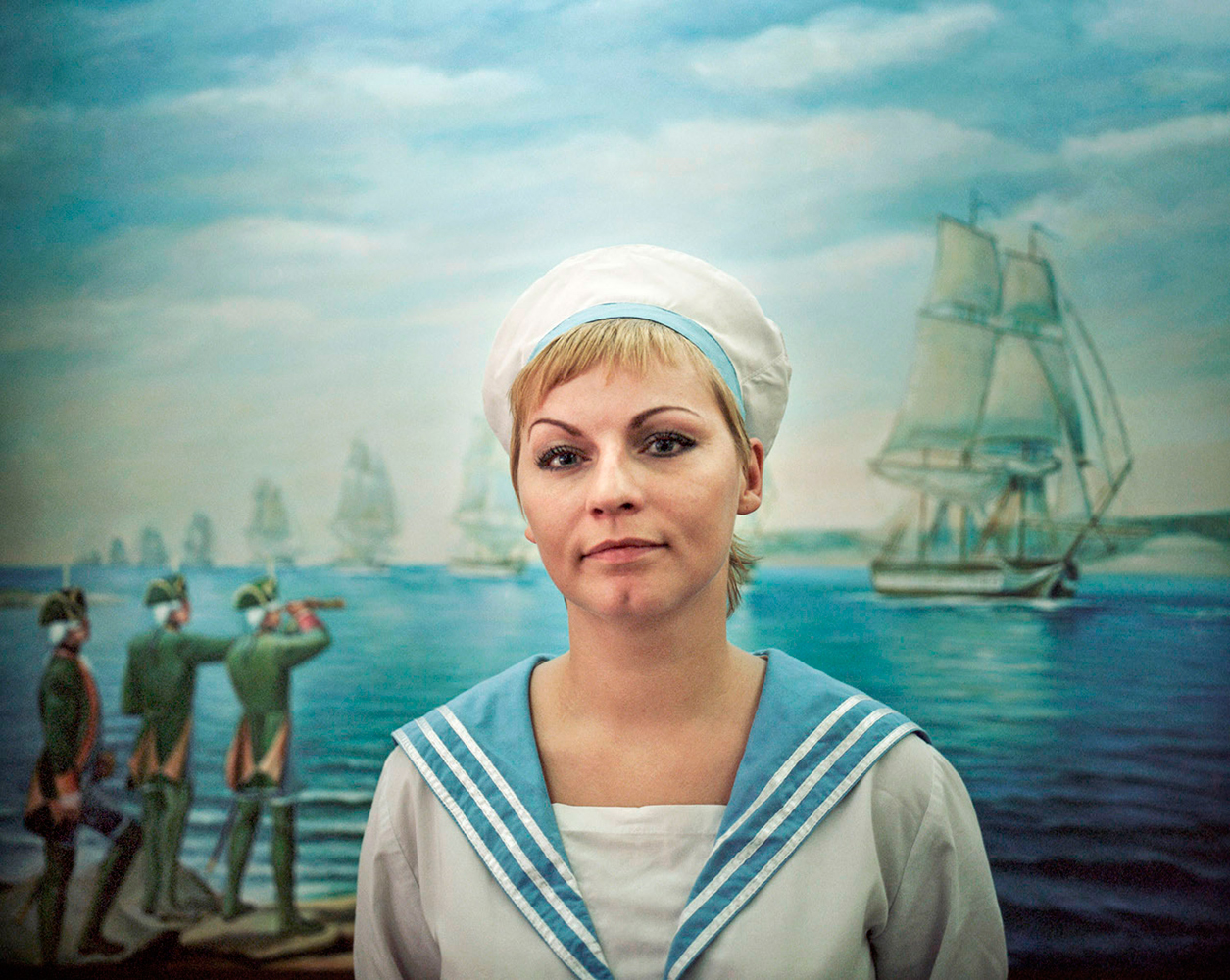
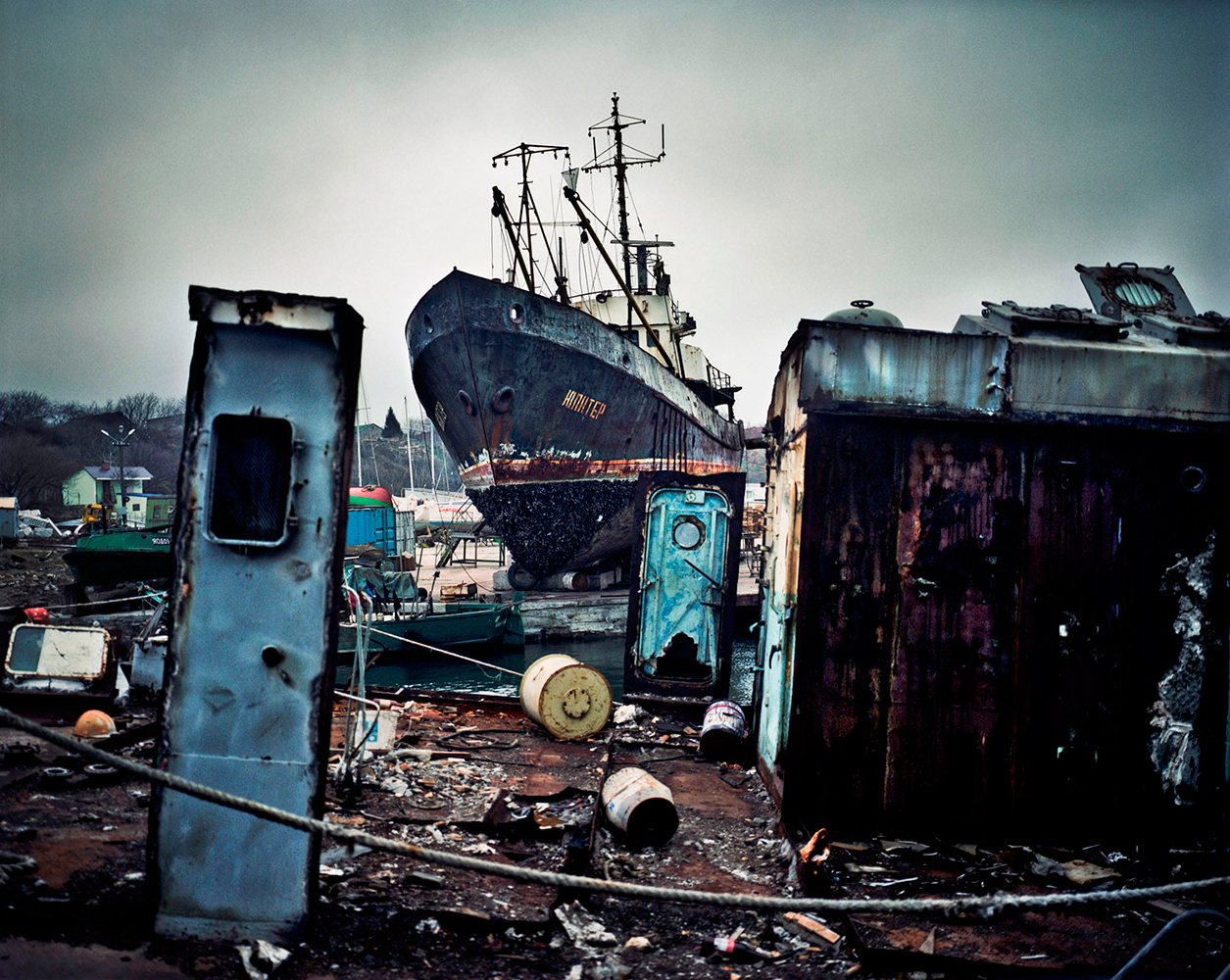
I started my series 7 Rooms a year after graduation. It was my first encounter with Russia and was the beginning of my long-term relationship with the region. This was also when I learned Russian. My initial idea was to map contemporary Russia. After three years I realised I was not saying anything about the place I was travelling to.
Russia is a pretty complex and vast topic, which can’t be covered entirely. Almost half of the pictures I took were the people I stayed with. These were the people who would show me around the city and introduce me to their friends and their communities. Somehow I never thought it would be my topic because I was thinking of something big but then I realised could build a project around these intimate narratives.
It was in 2004 I met Agnieszka Rayss and Jan Brykczynsk. Two years later we founded Sputnik Photos. We were all from central-eastern Europe and wanted to tell stories from the region we come from and we can relate to. Another common denominator was the experience of transition from communism to so-called democracy. We somehow felt that our voice would be stronger as a group. After ten years of collaboration we have became one organism. Sputnik is handled from Warsaw, though we have an international crew, with photographers from Belarus, Slovakia and Czech Republic.
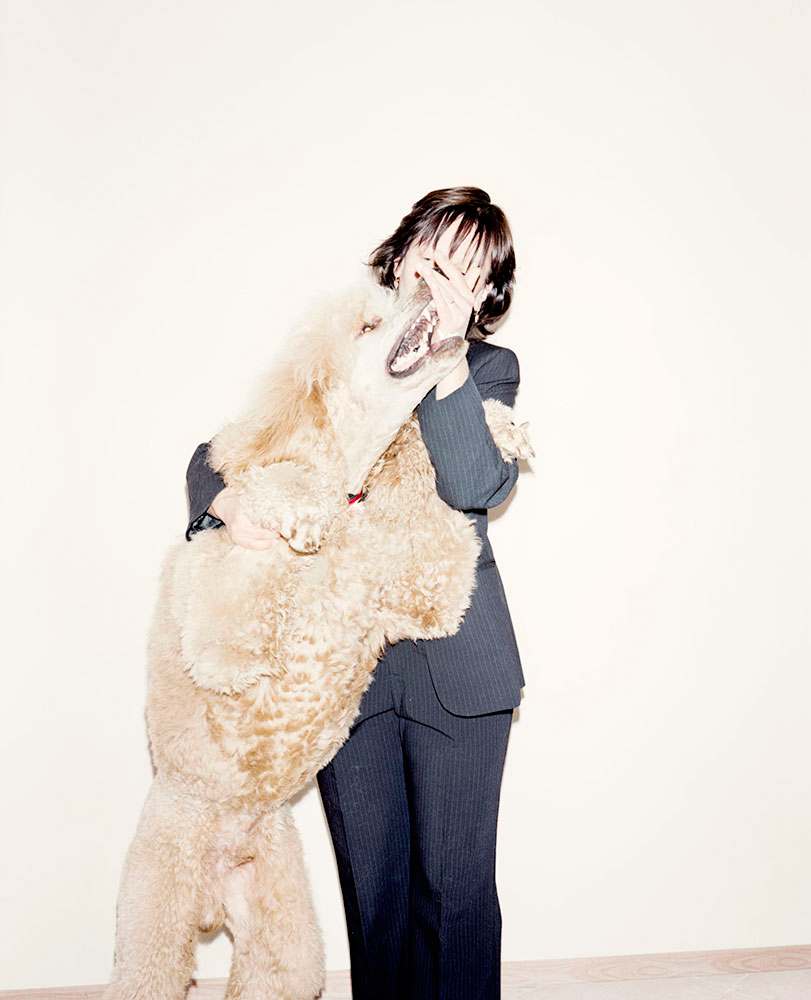
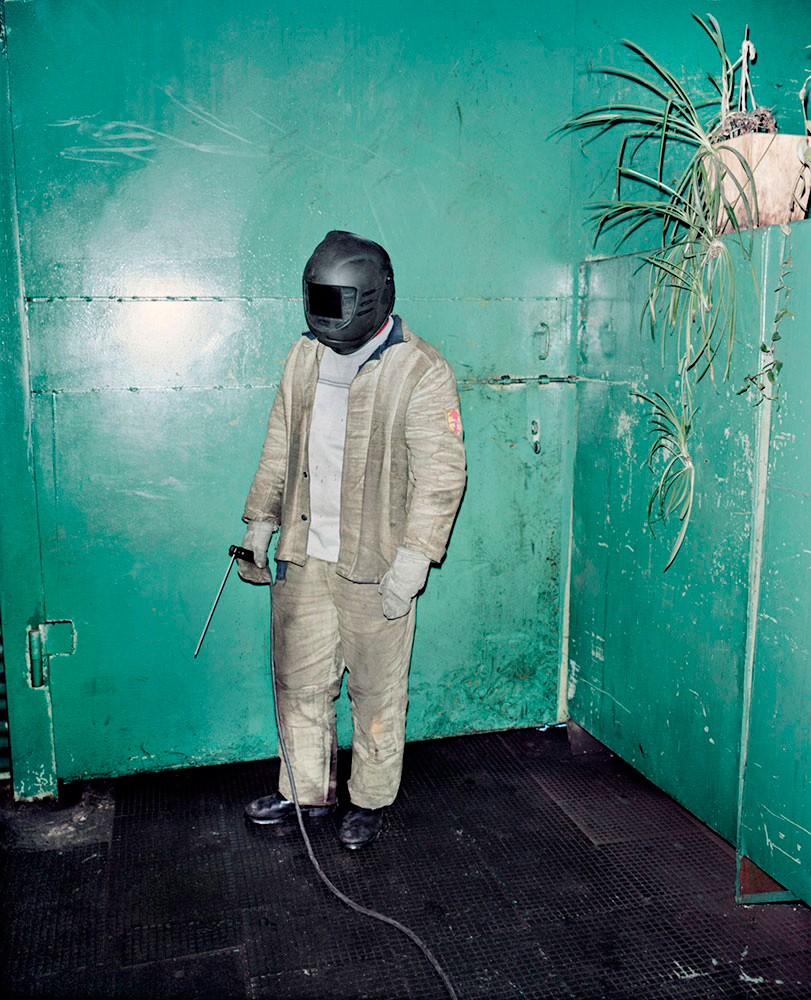
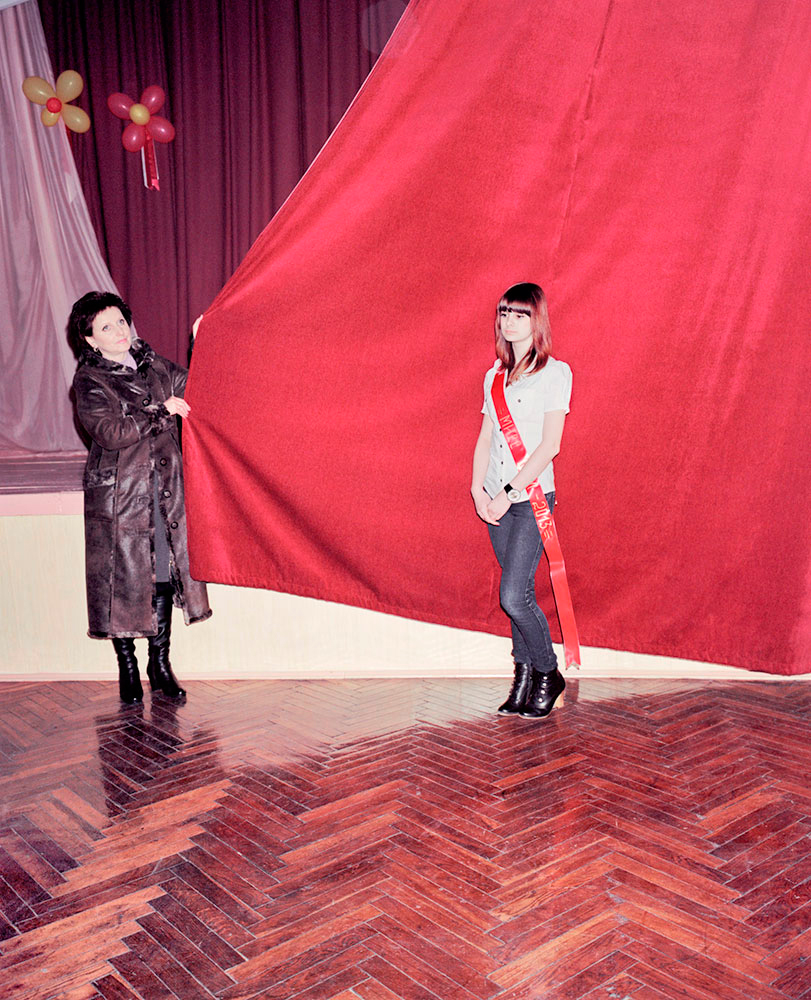
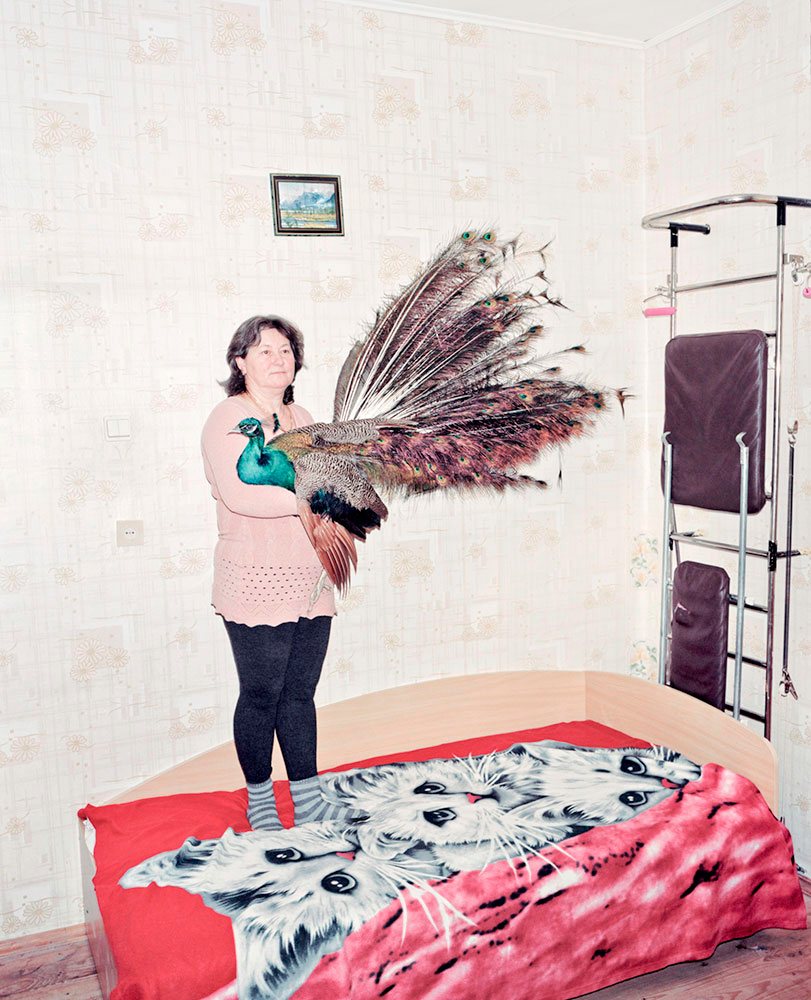
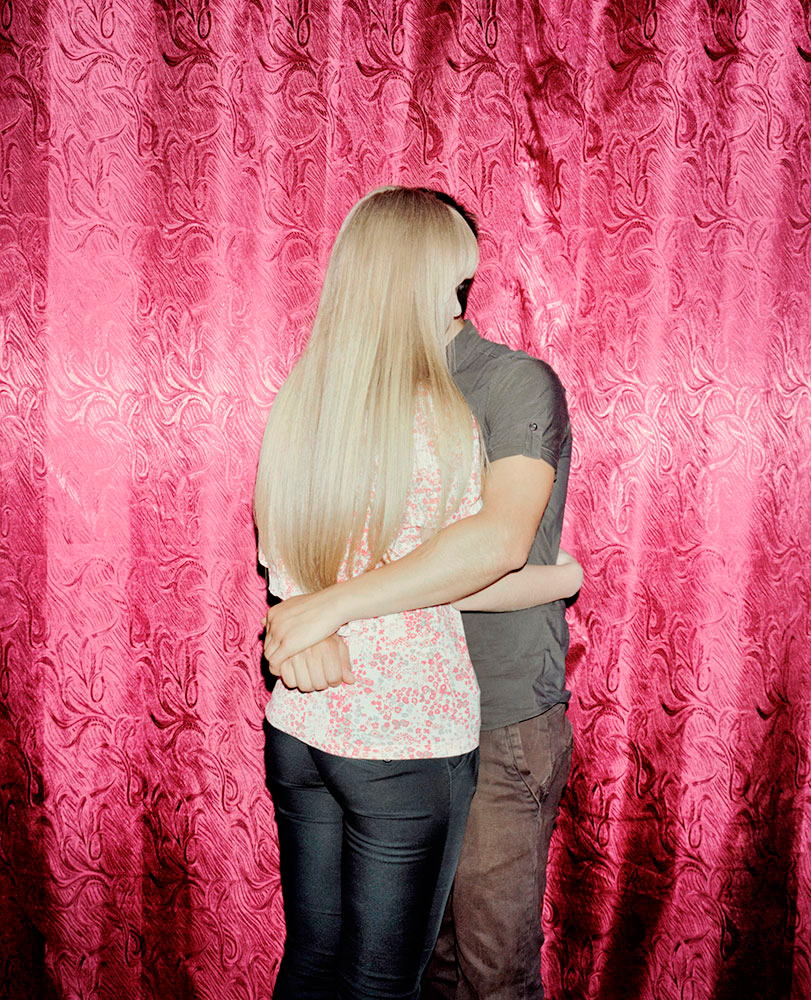
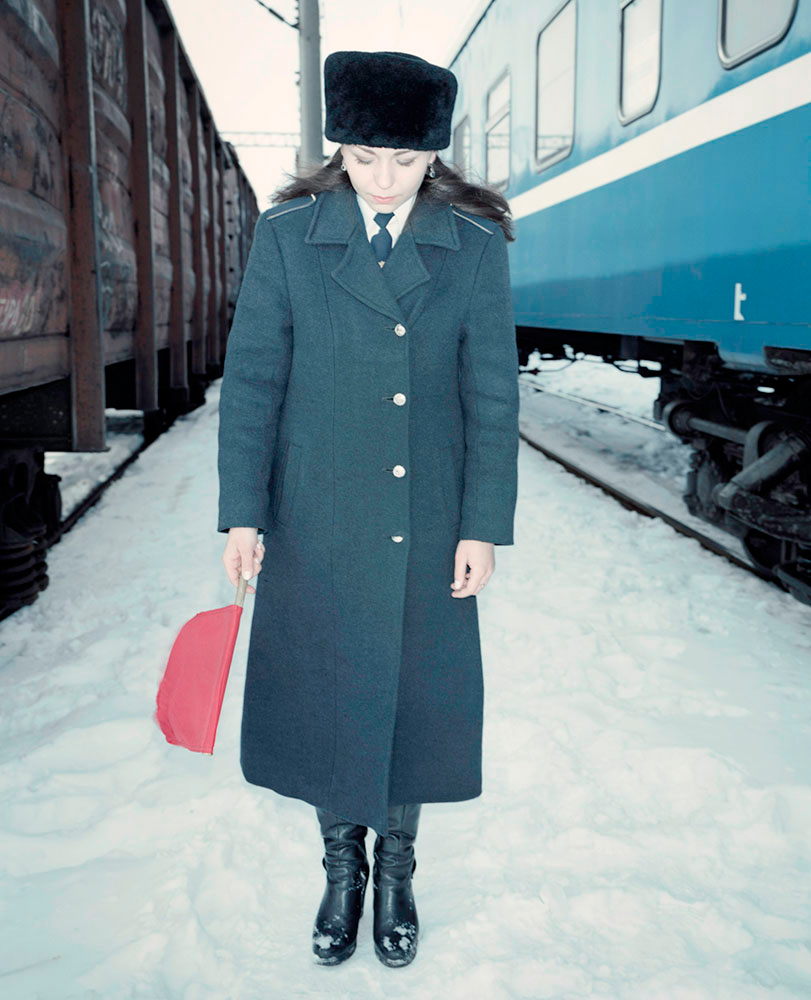
My work has changed over my career. One of the biggest differences is my relationship between the characters I take pictures of. If you compare 7 Rooms, the people I photographed and the intimate relation with them, The Winners is about something bigger than an individual’s story. It’s a critique of the mechanisms people are involved in. I was interested in some larger scale phenomenon, in this case state propaganda, that people are involved in though they are not the main components of it.
Currently, I’m more interested in exploring these mechanisms than telling intimate stories. Of course they are sometimes involved but they are not the main focus. I think I have become much less nostalgic about the region I photograph. I always try to relate my projects to the past to the cultural and historical background of the places I visit but my visual language has changed. I try not to stick to one way of visualising stories. For Black Sea of Concrete I took the majority of the images in Crimea and there was lots of nostalgia for the Soviet era in the landscape and people. In The Winners and projects I am currently working on, I’m looking beyond this nostalgia.
I started to work on Landmarks during heightened tensions between Russia and other Eastern European countries. After the annexation of Crimea and war in eastern Ukraine, the Baltic States seemed to be next target. Russia was reported to have been regularly violating the airspace of Baltic countries at the time. I started to think what the borders meant for Lithuania, Latvia and Estonia. I was thinking about the idea of borders and how abstract and fragile they had become in recent years, especially for this region. Despite solid proof of their existence they can be easily removed, changed or simply ignored.
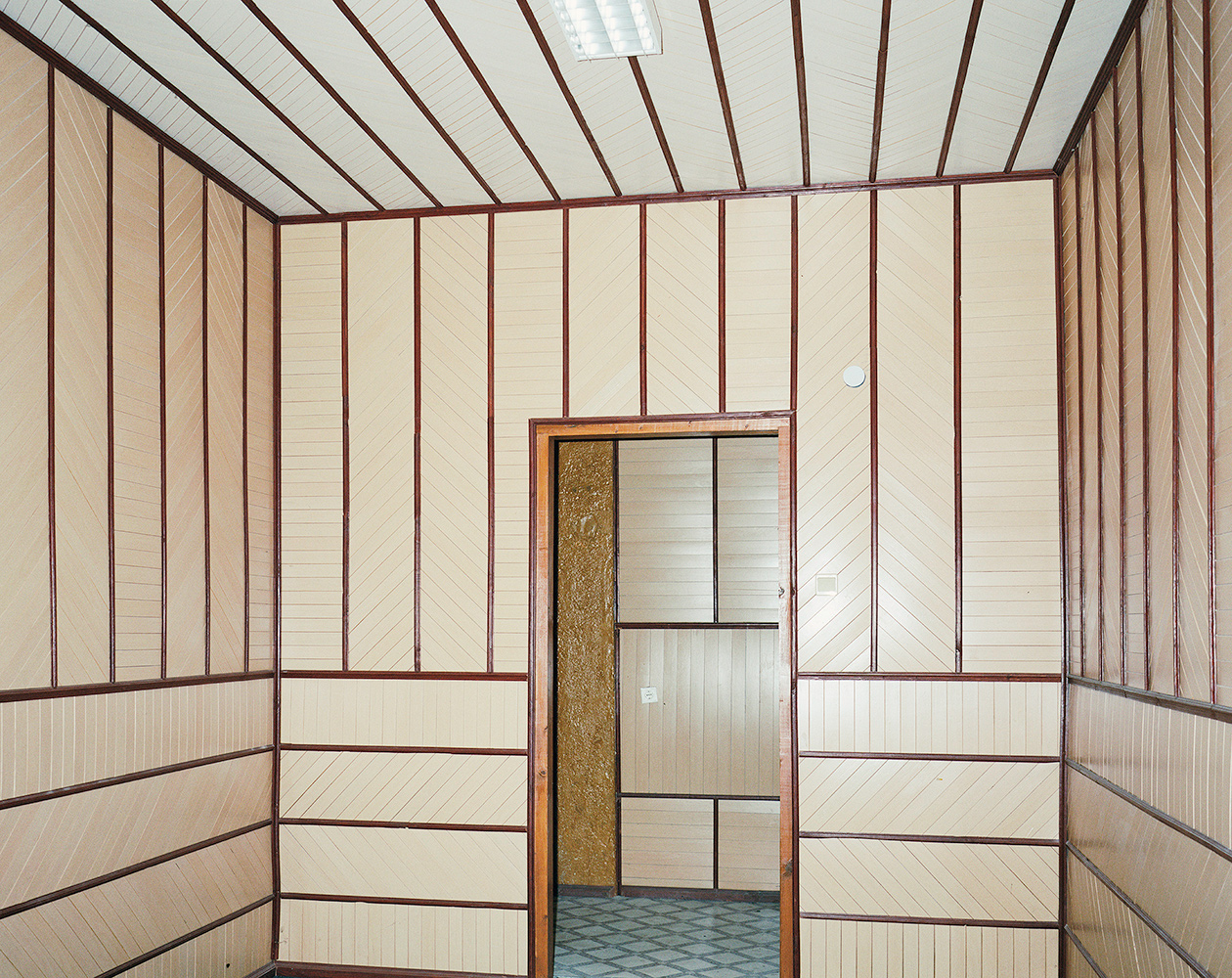
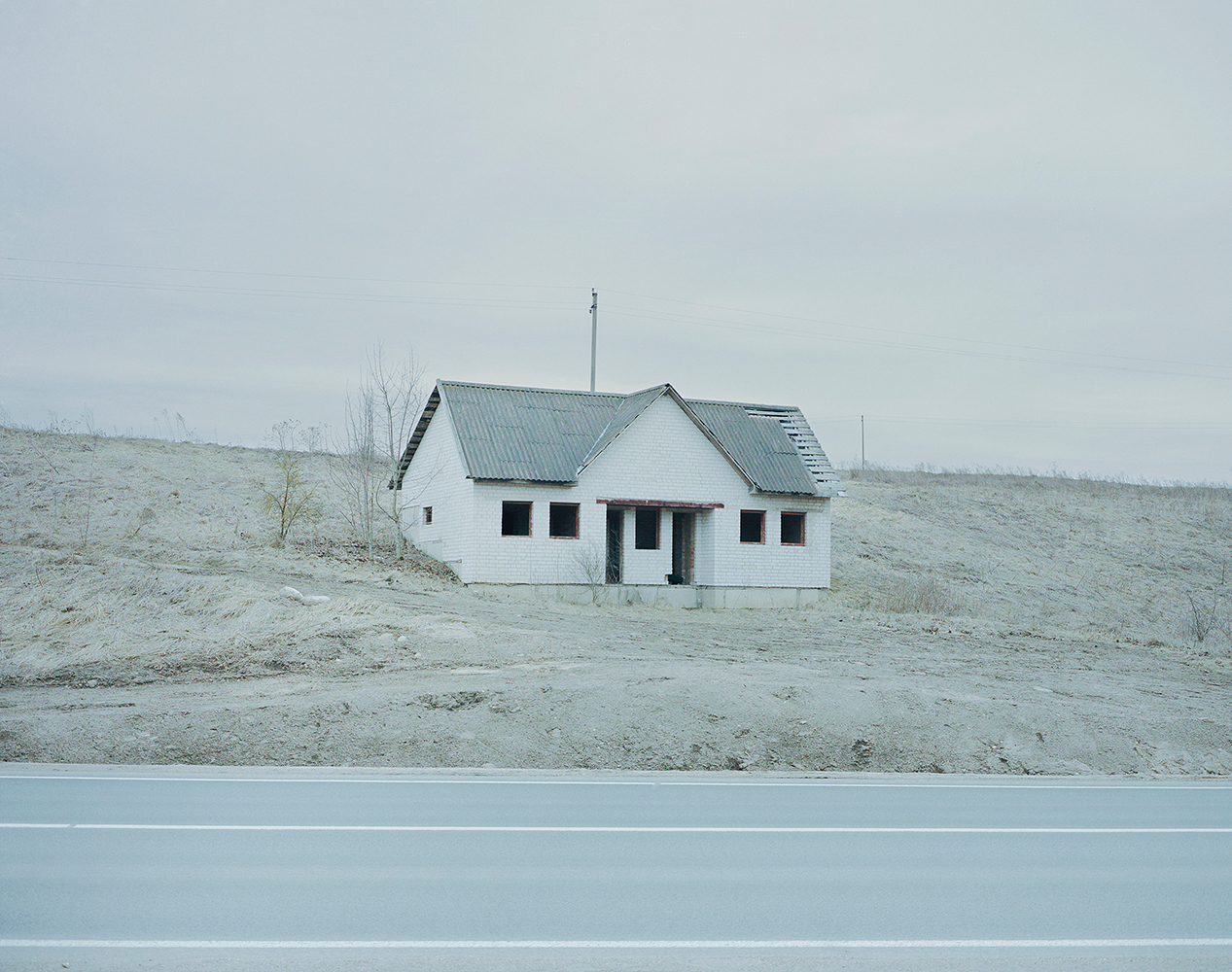
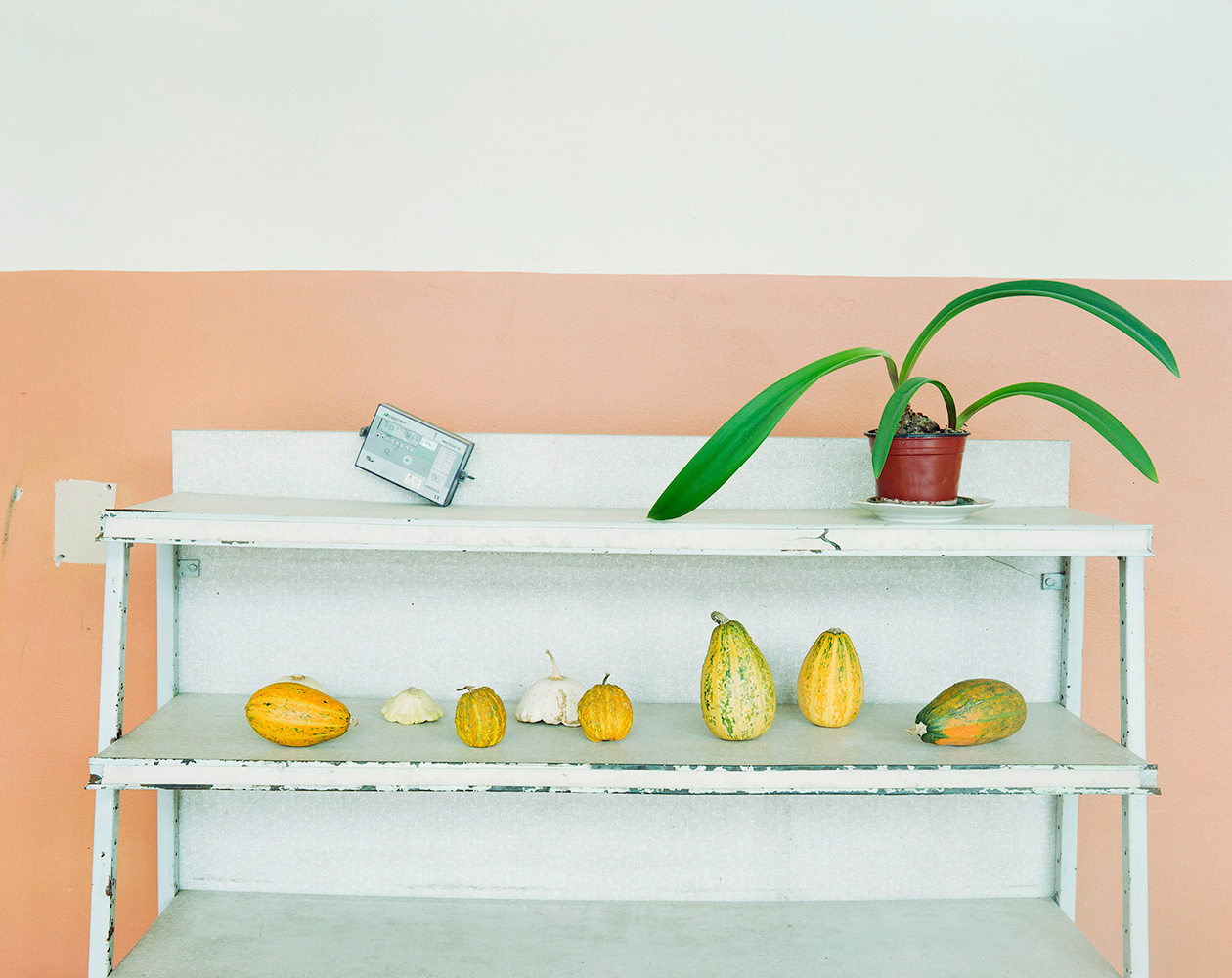
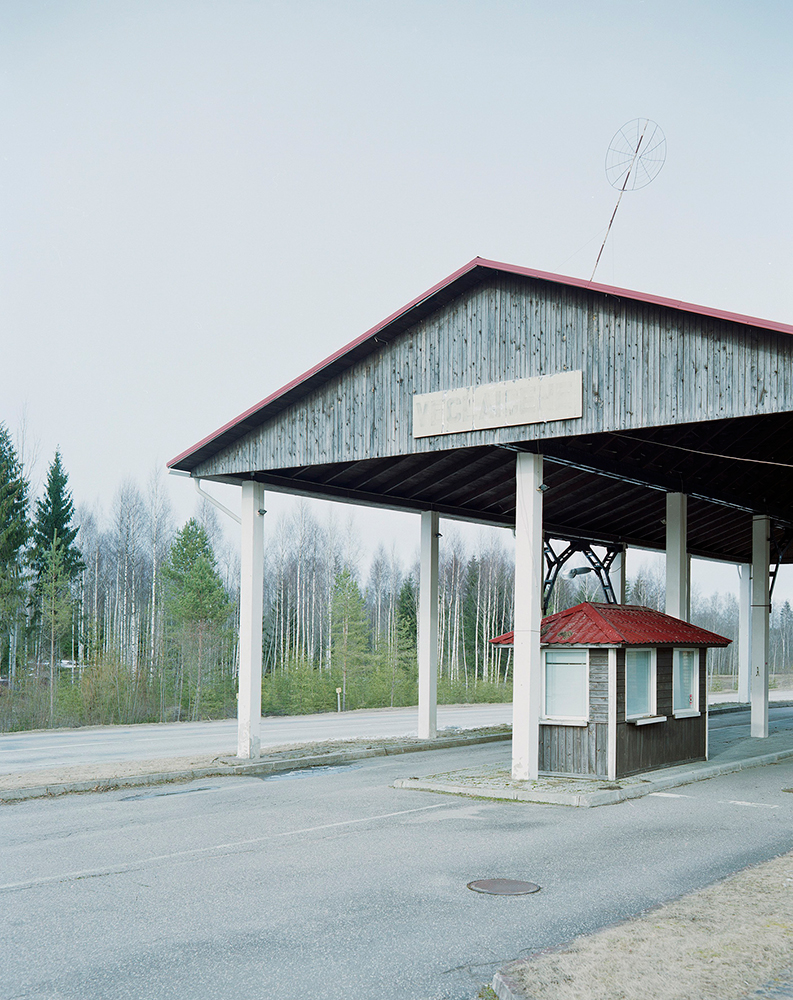
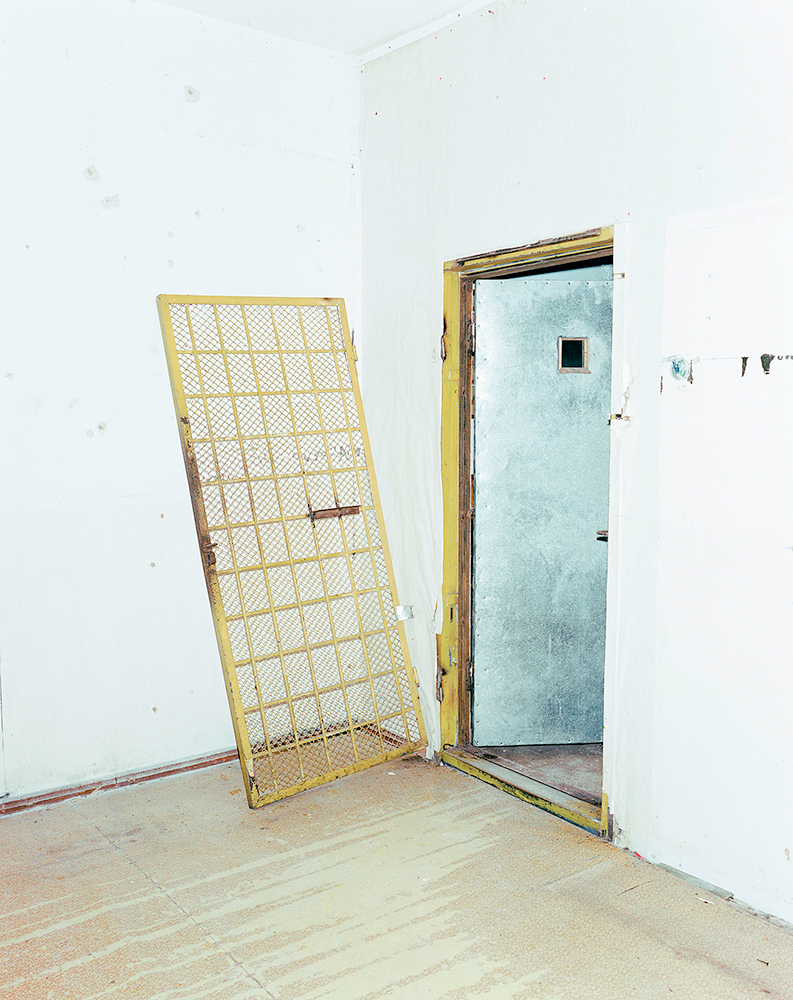
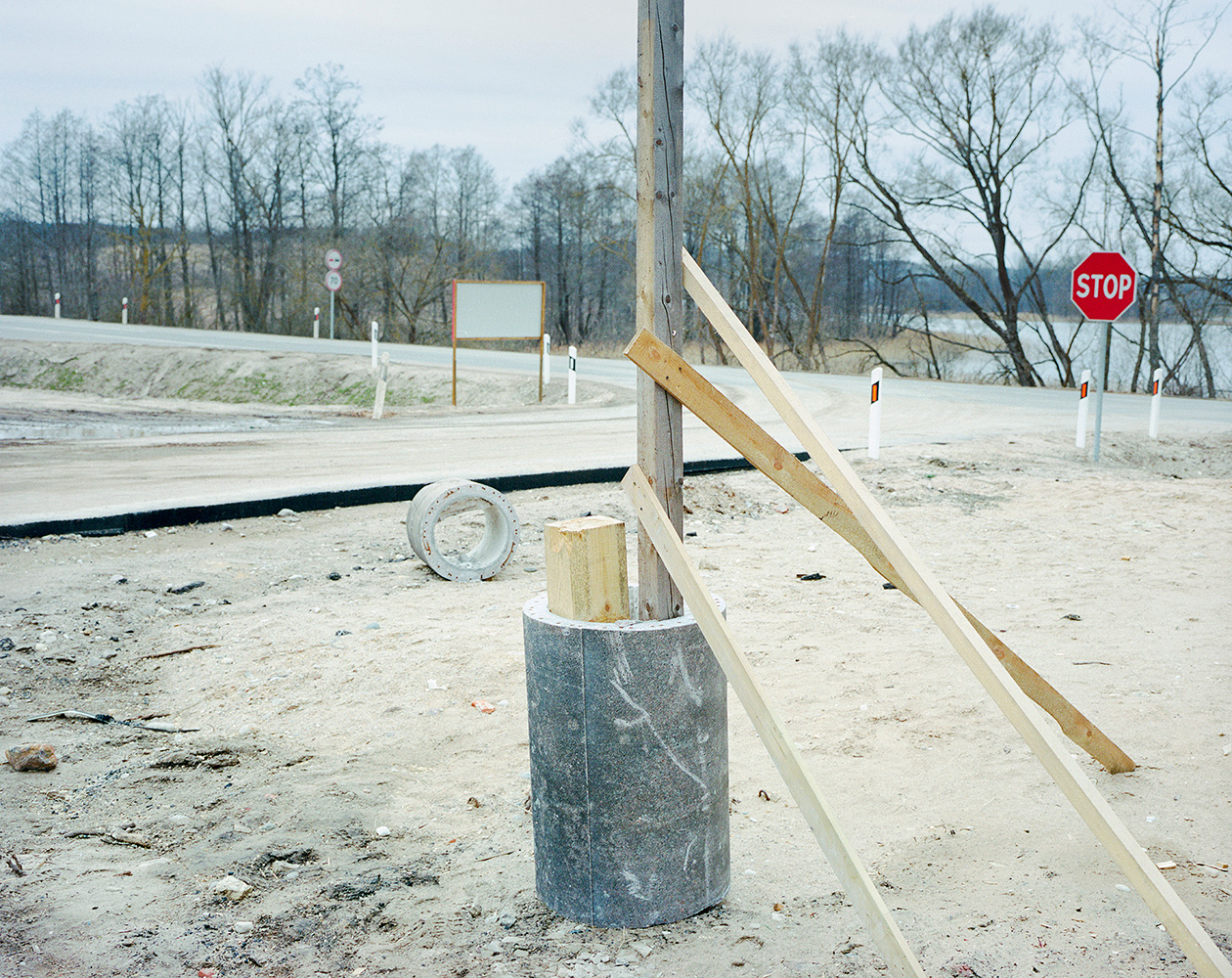
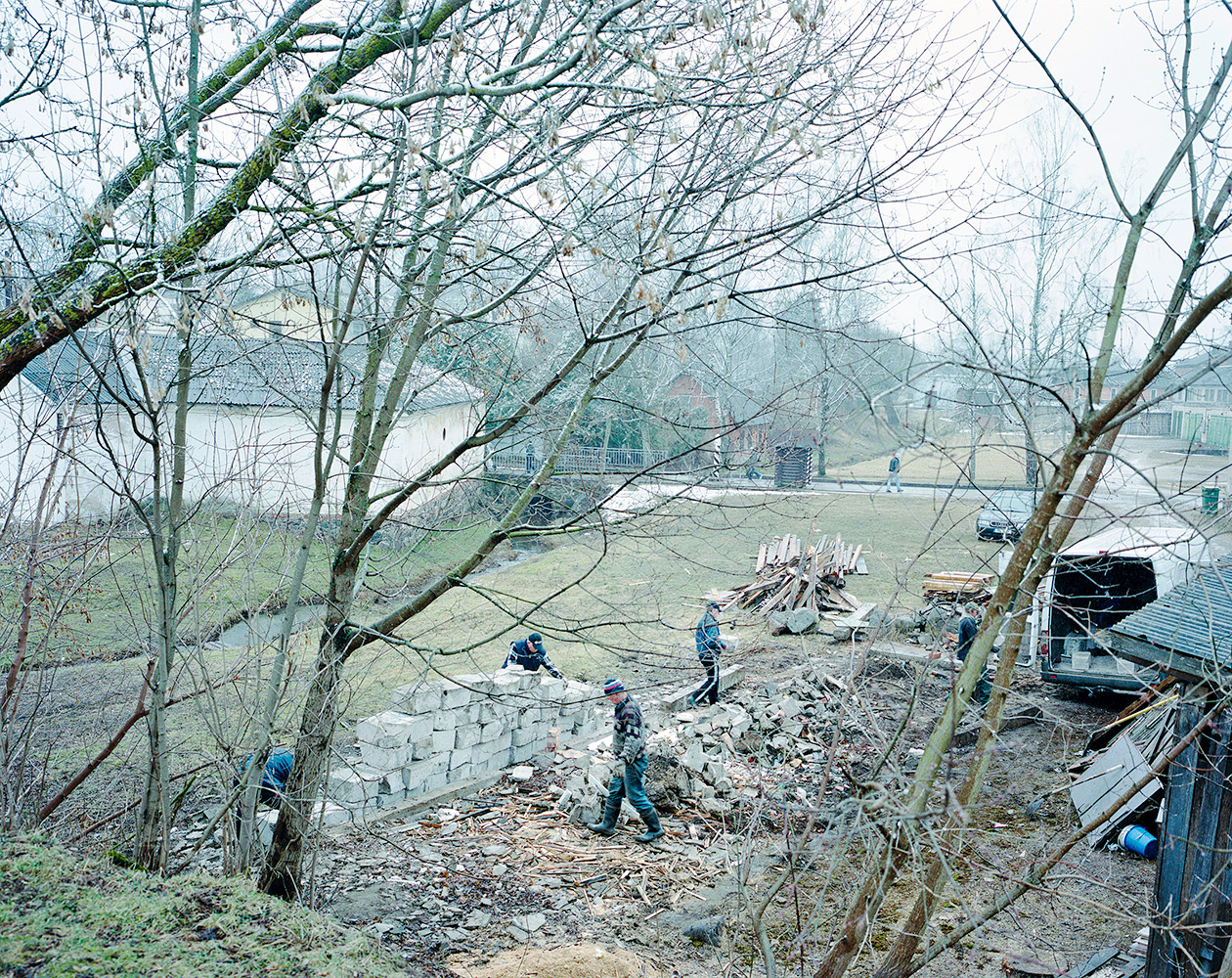
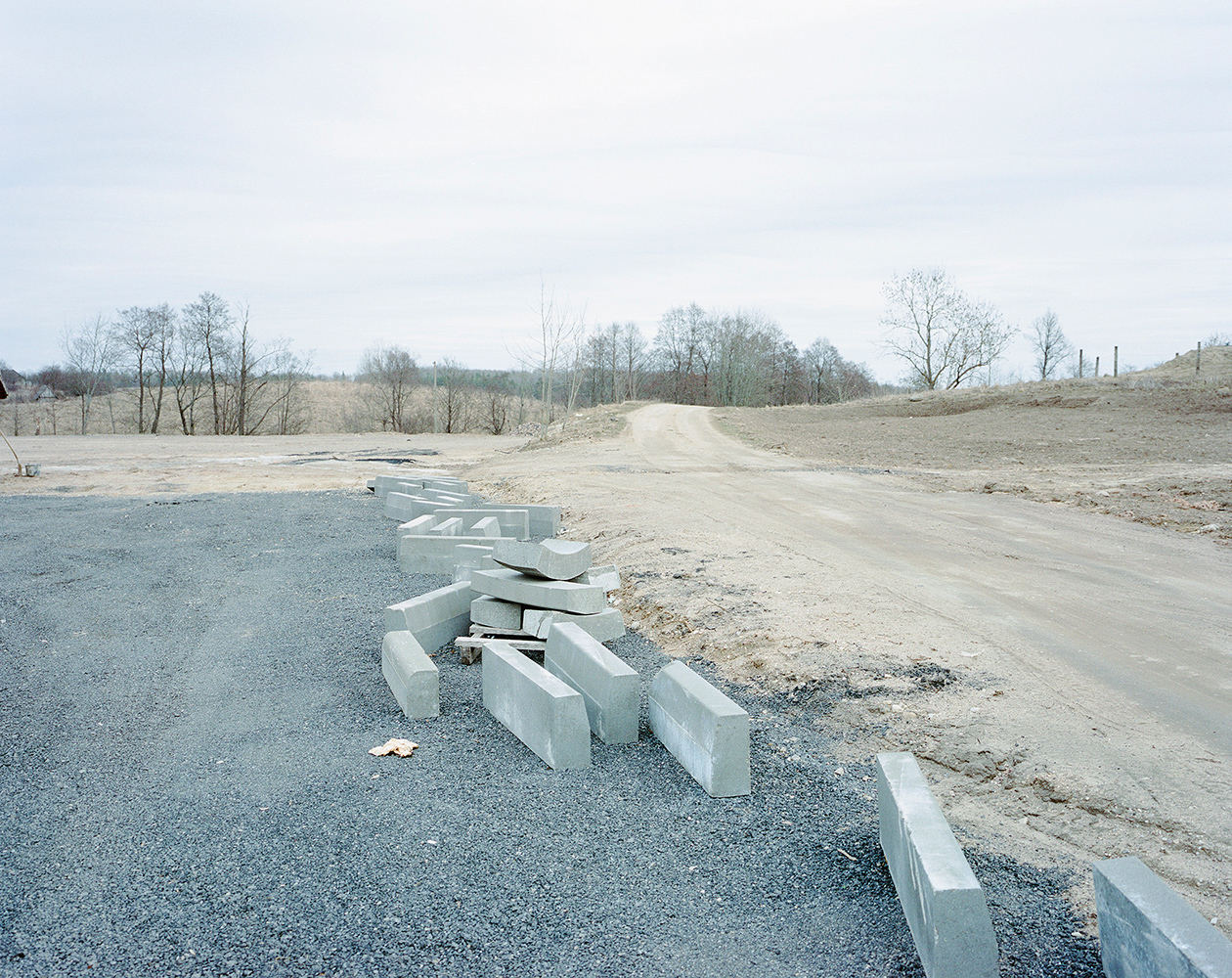
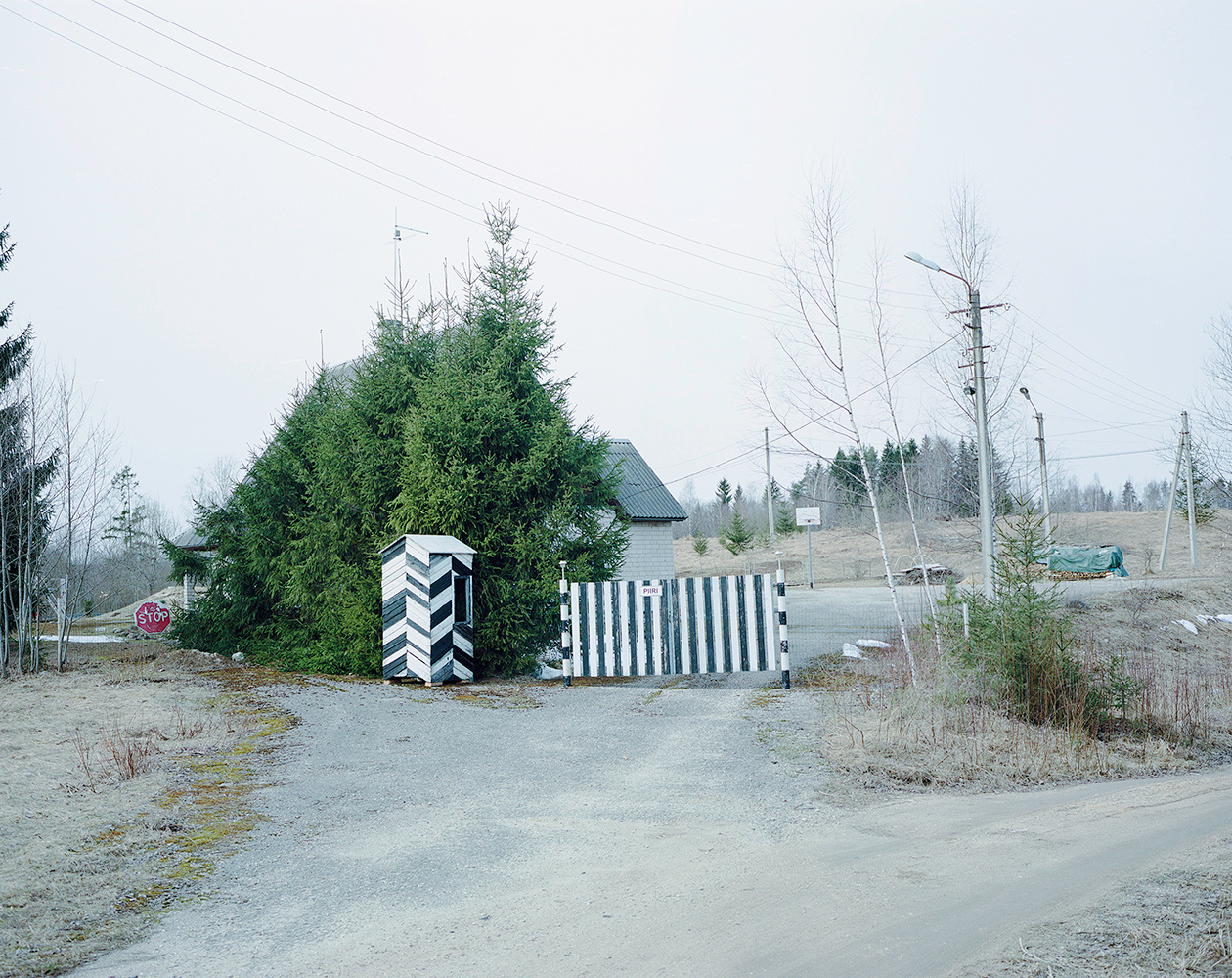
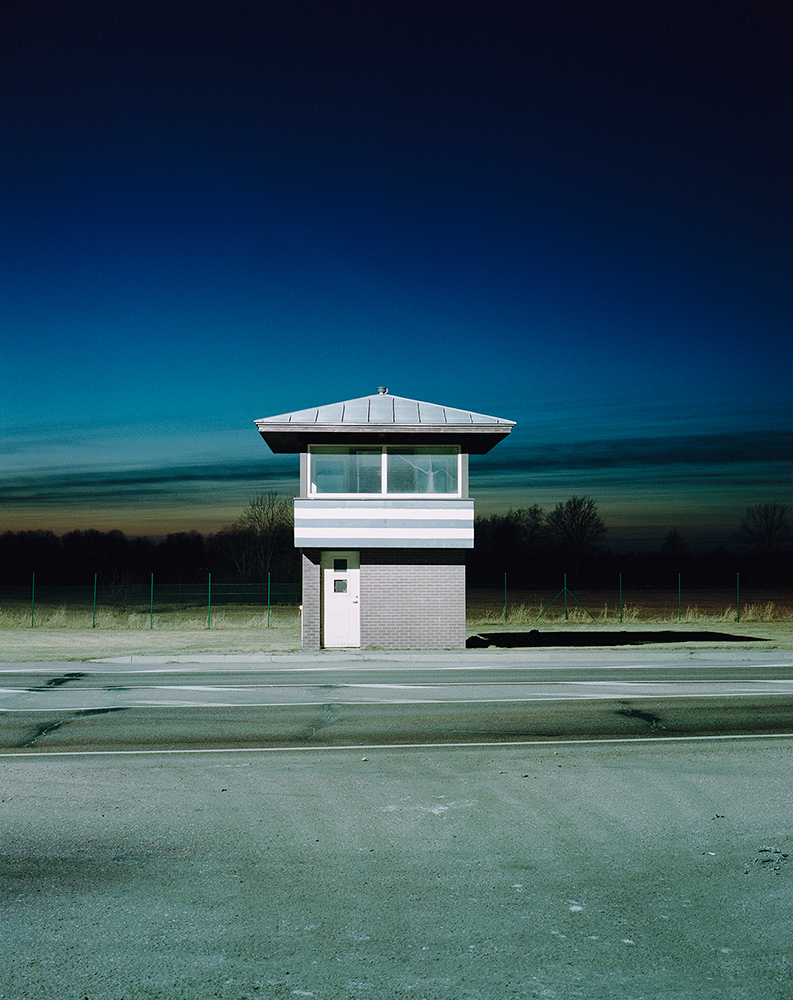
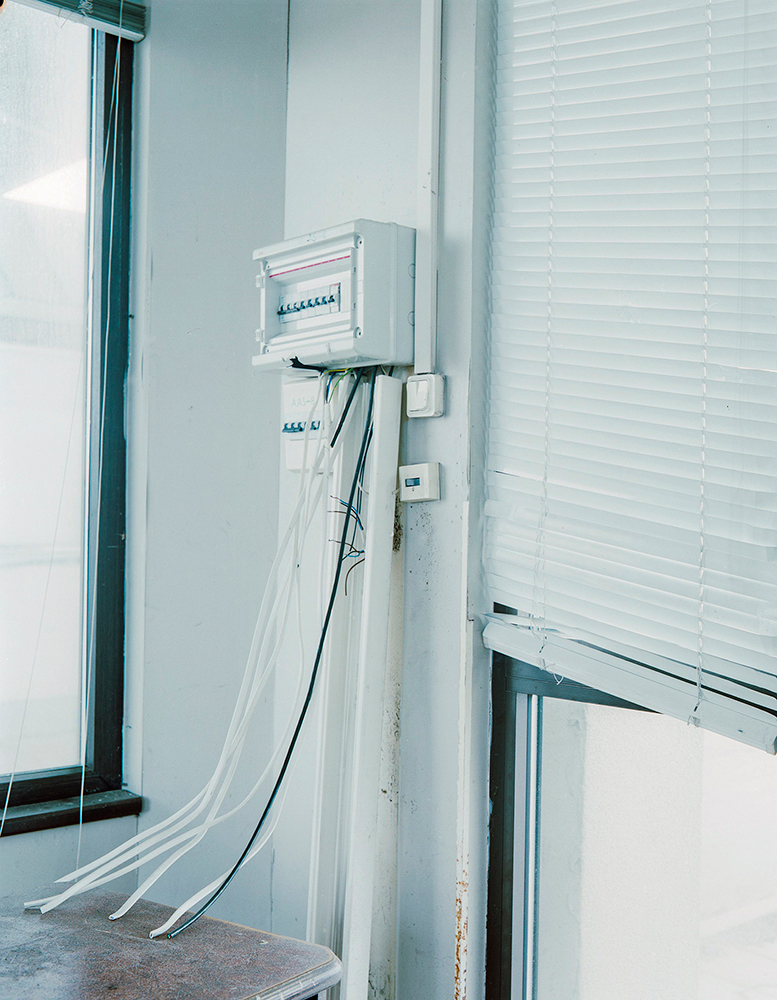
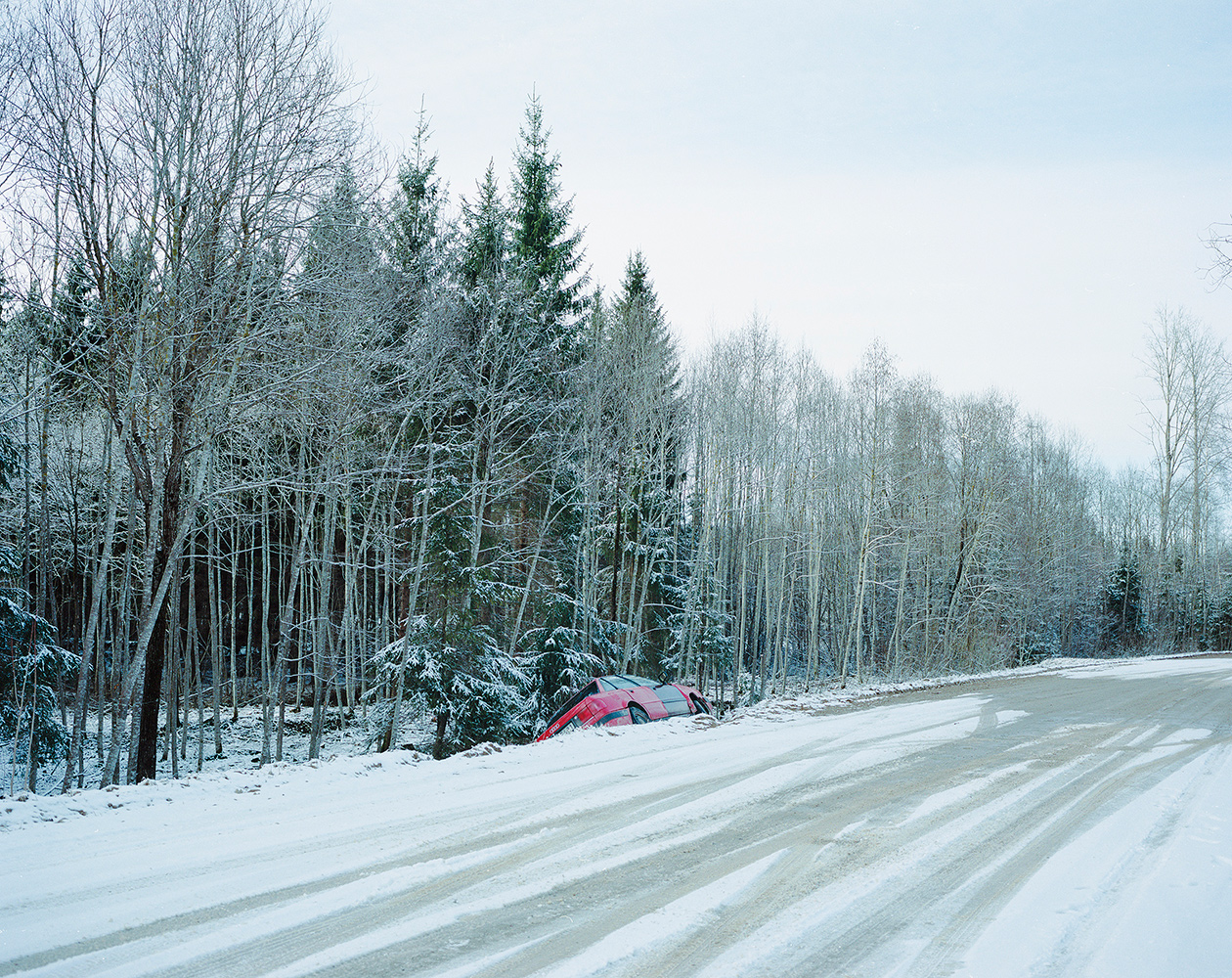
I’m currently working on a long-term project dedicated to propaganda in the post-Soviet area. I’m not that much interested in defining where I’m heading. I try to answer spontaneously the needs of the particular project. How can I build this story? How can I build the structure of the project? What can I do visually to communicate the story the best way possible?
Text and image: Rafal Milach
Interview: Liza Premiyak
This interview was originally published by The Calvert Journal.
Others project materials

New and best


















